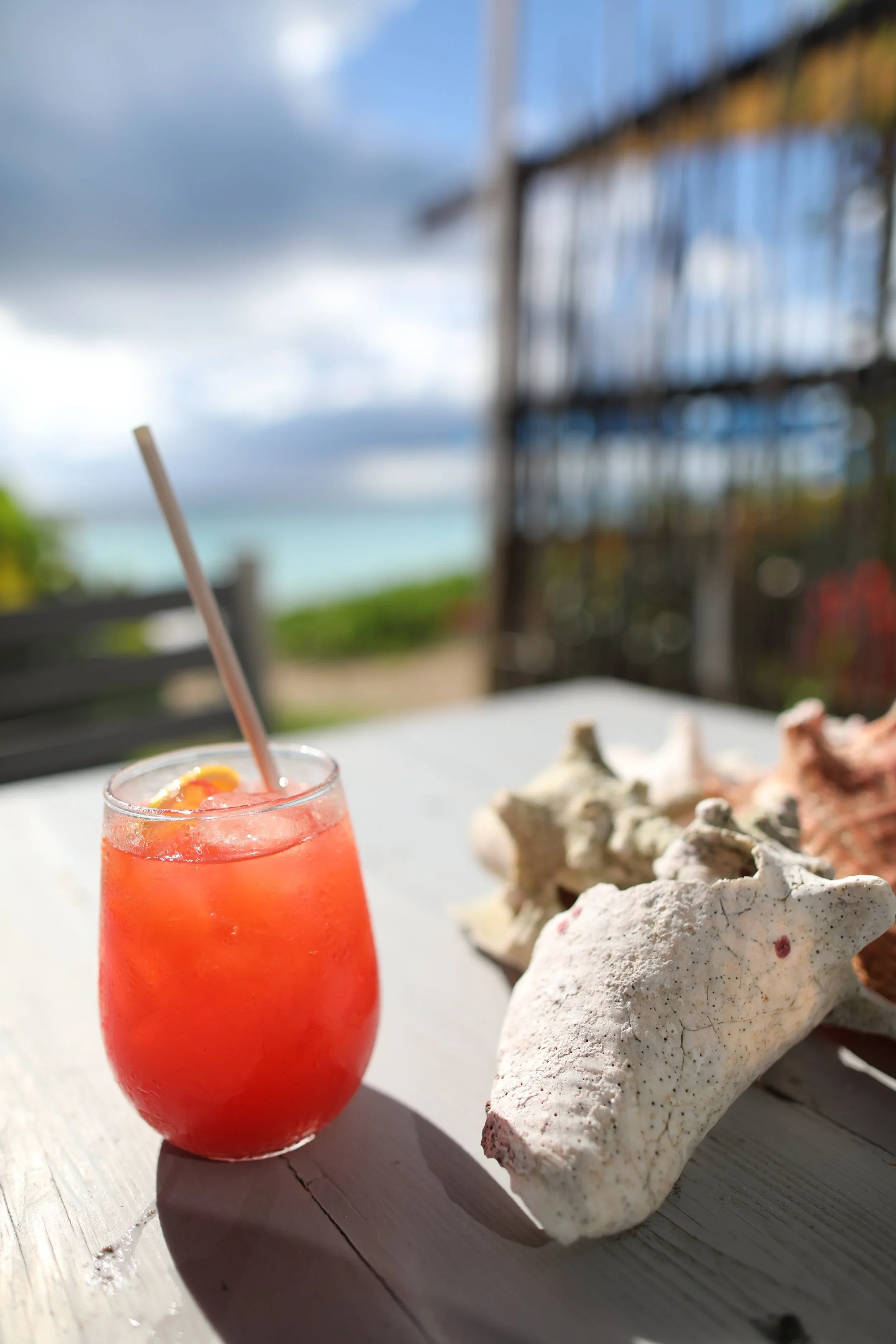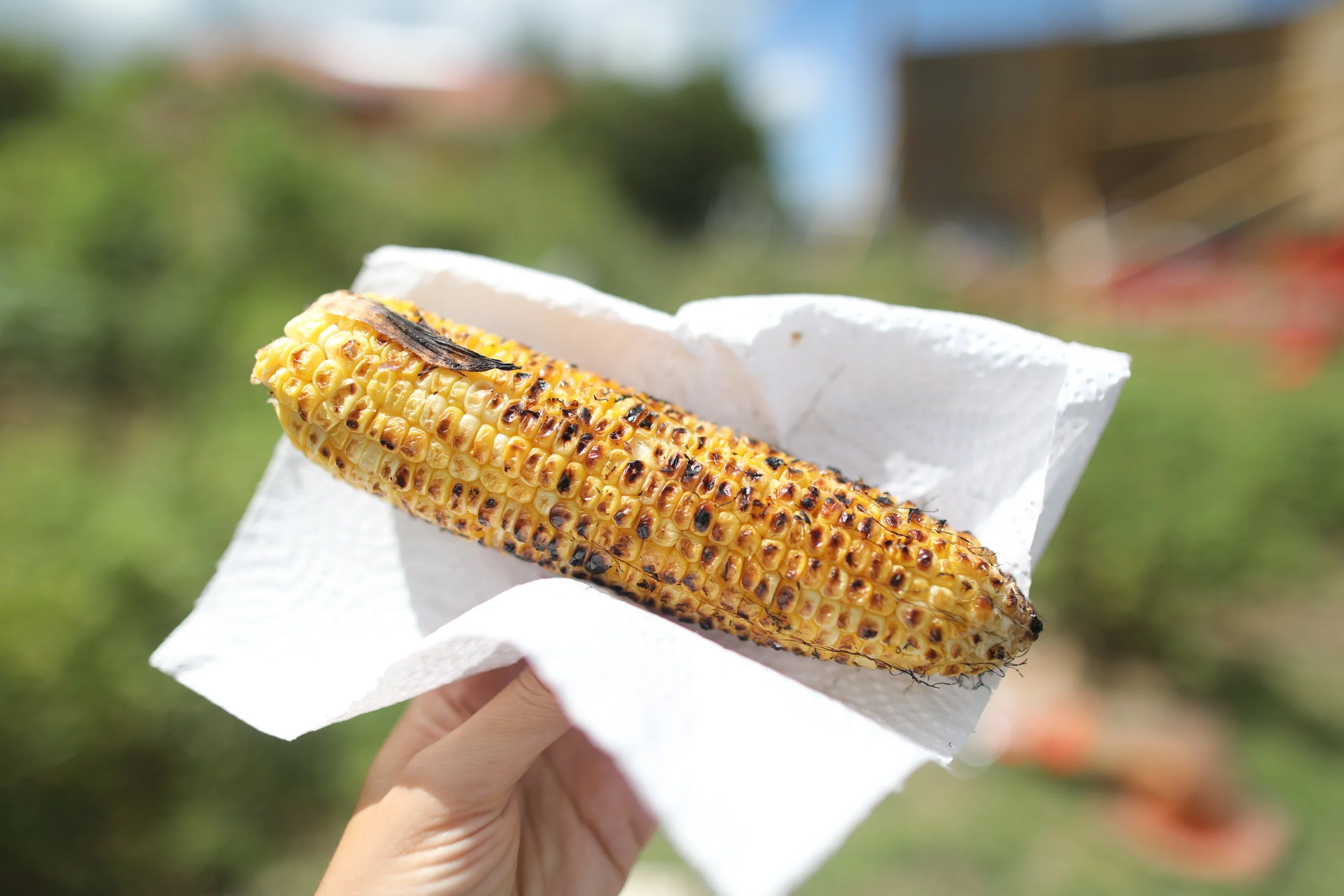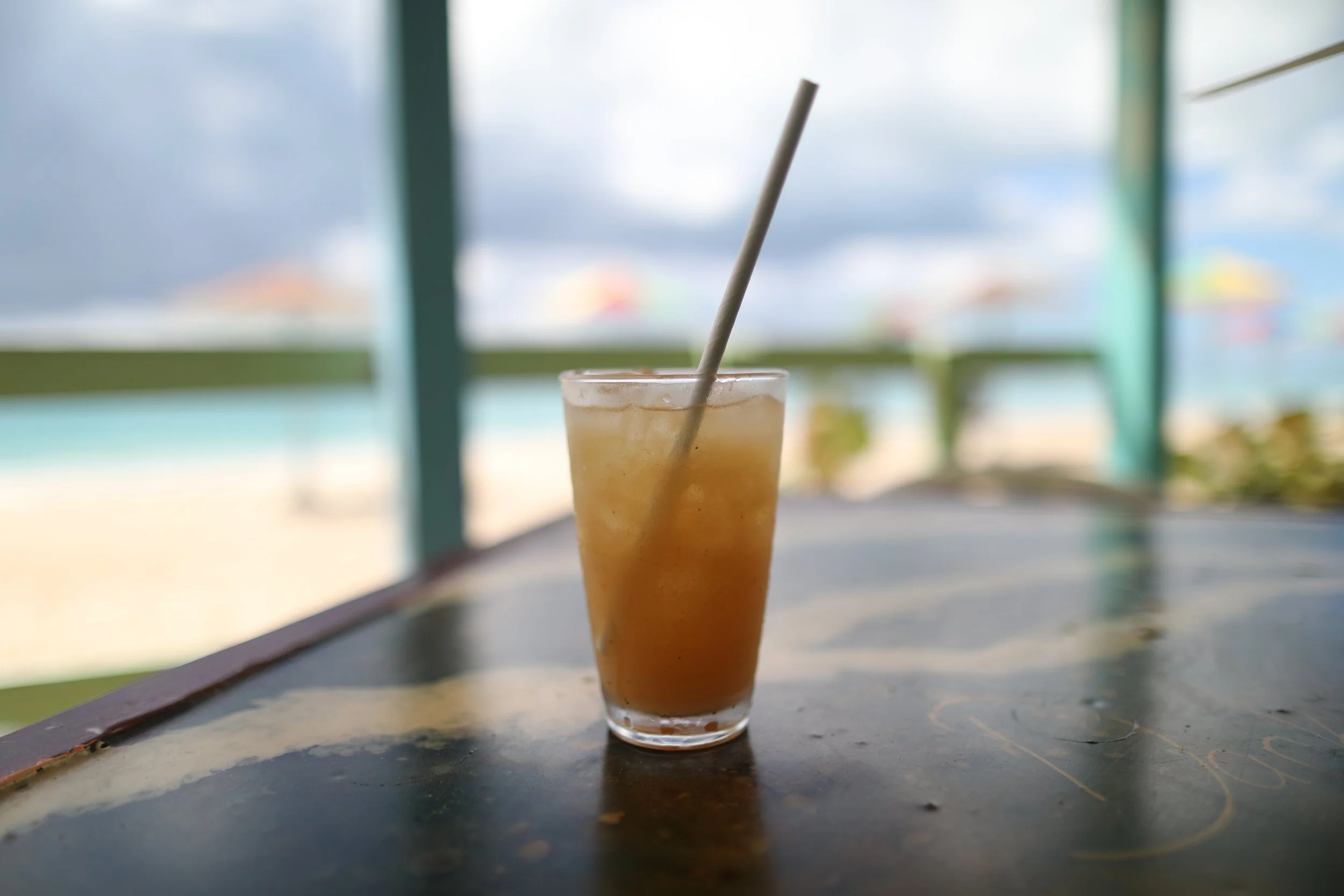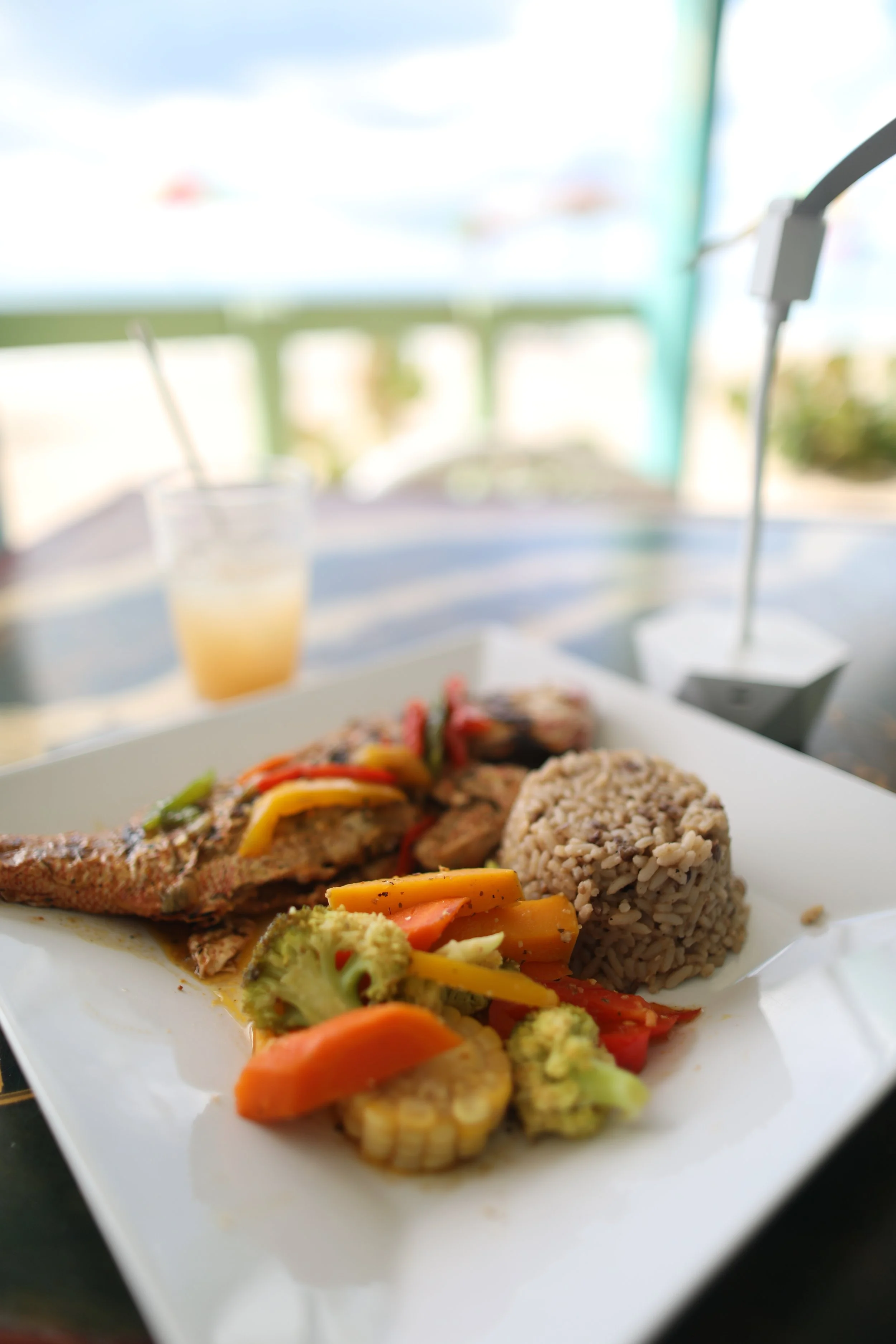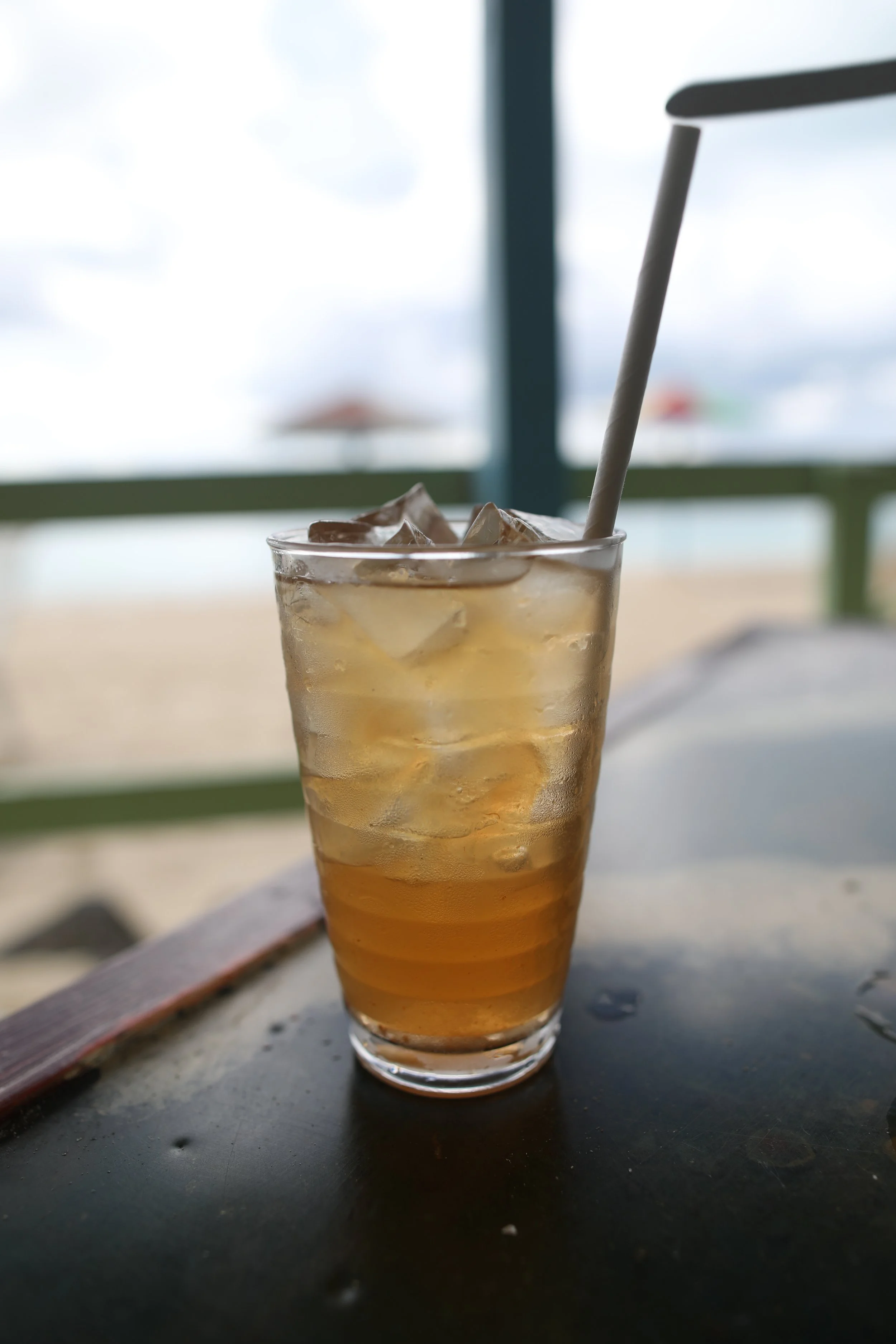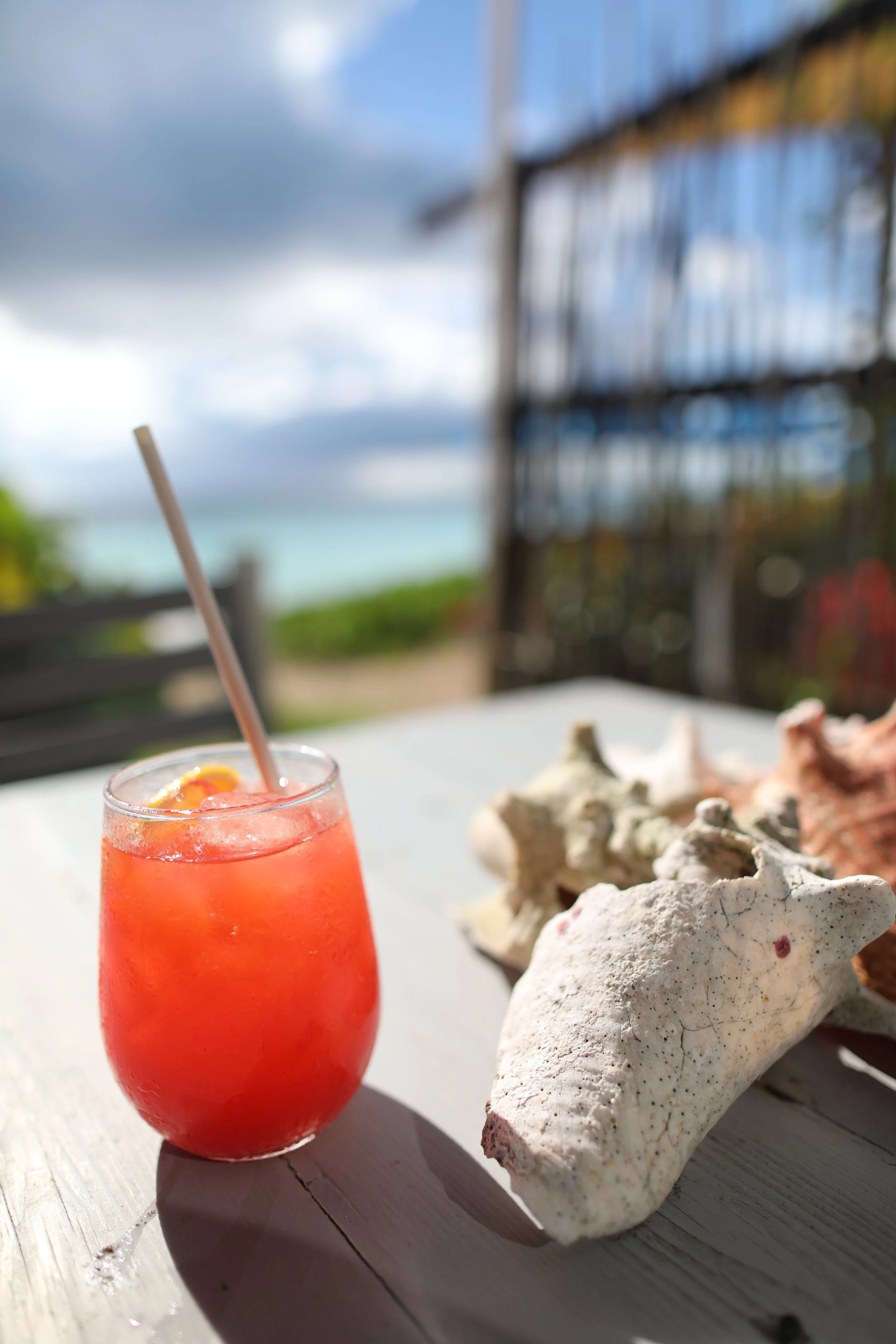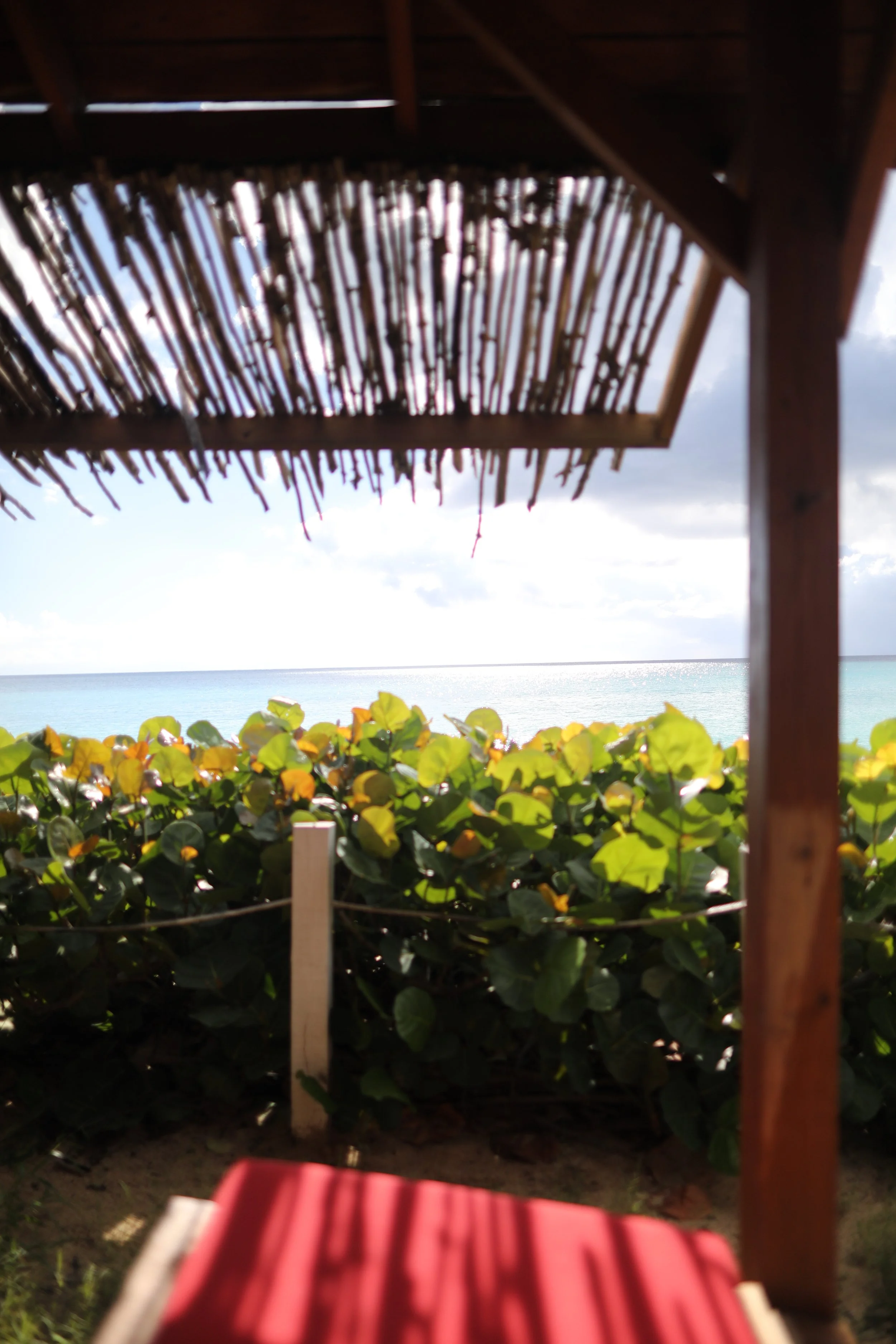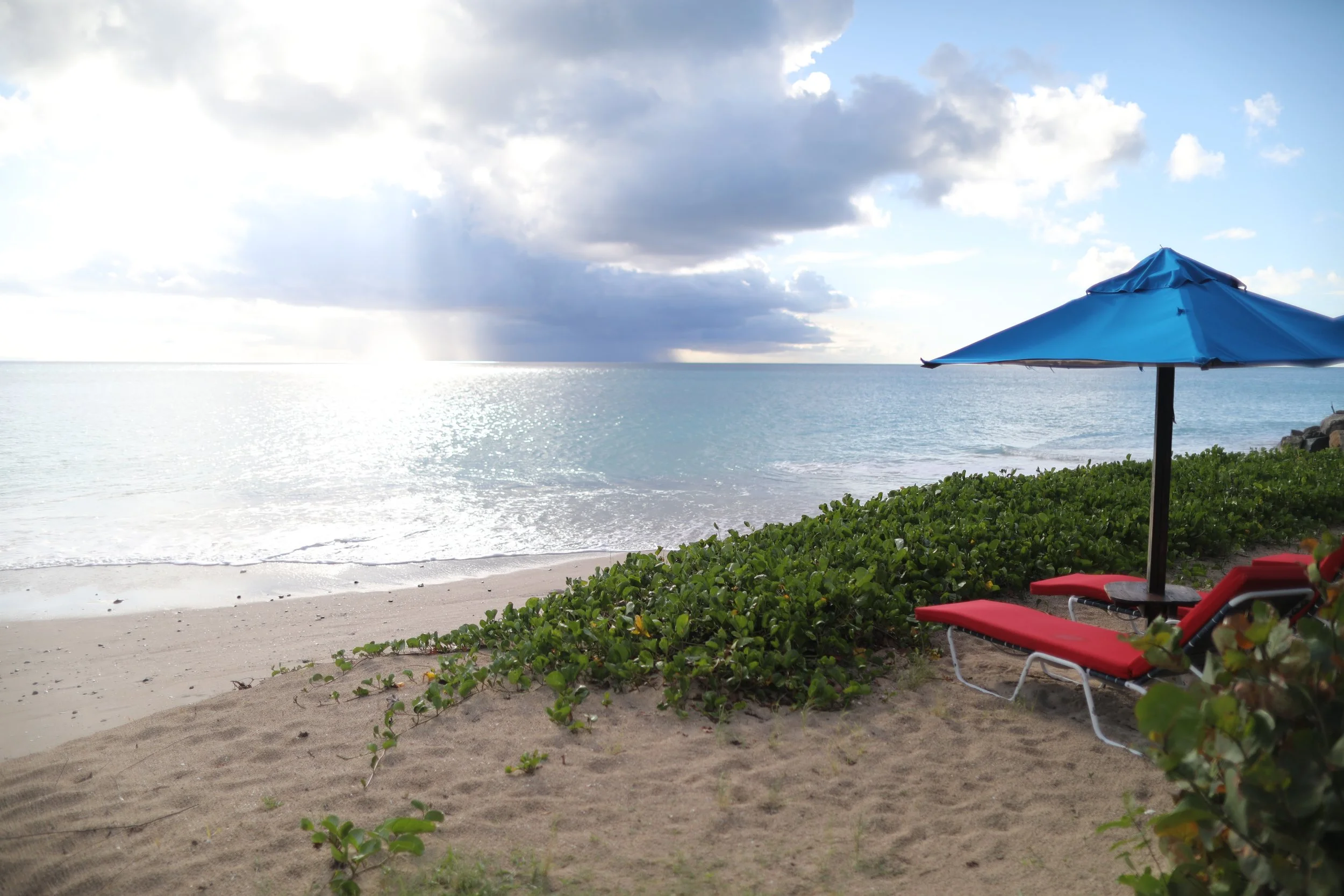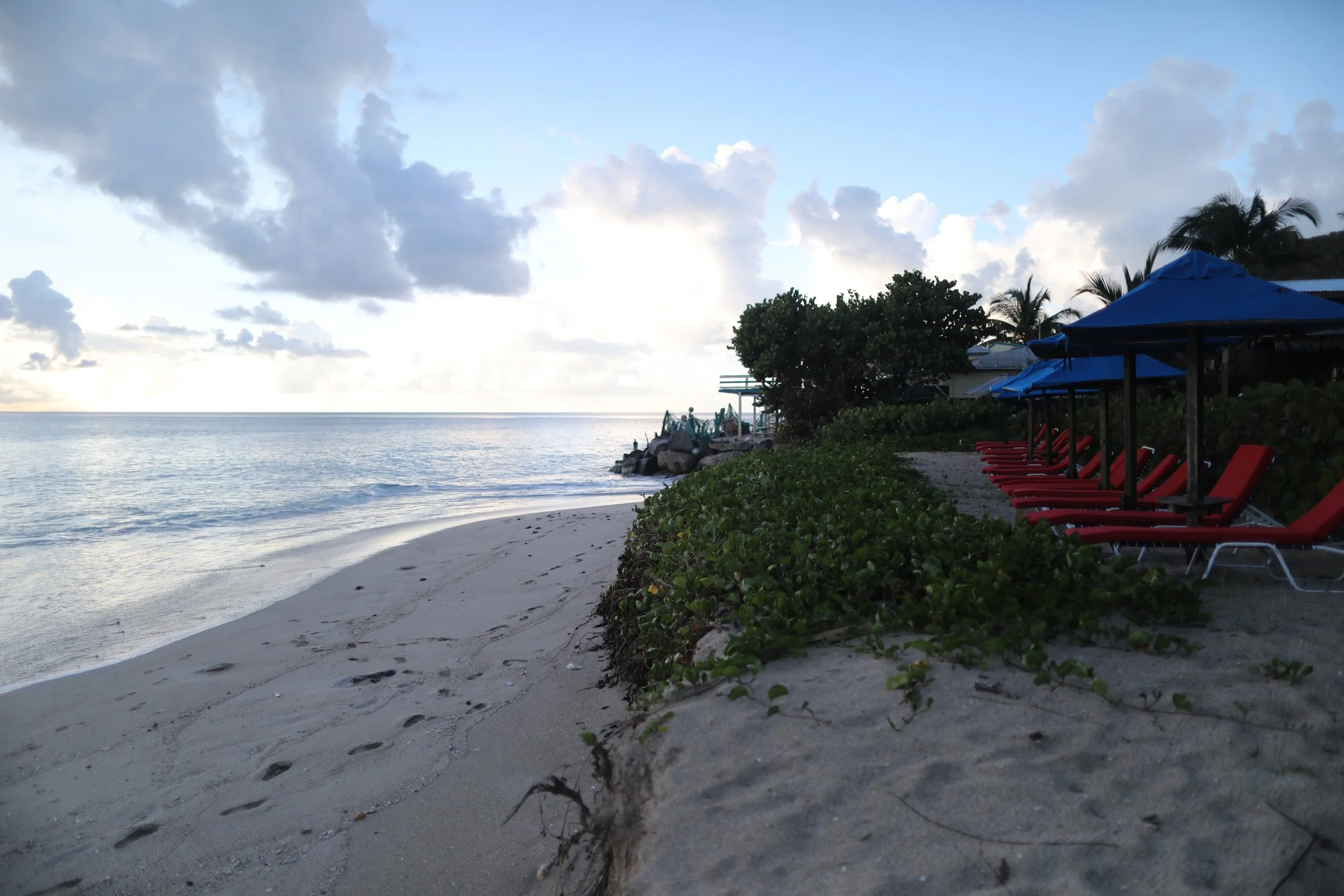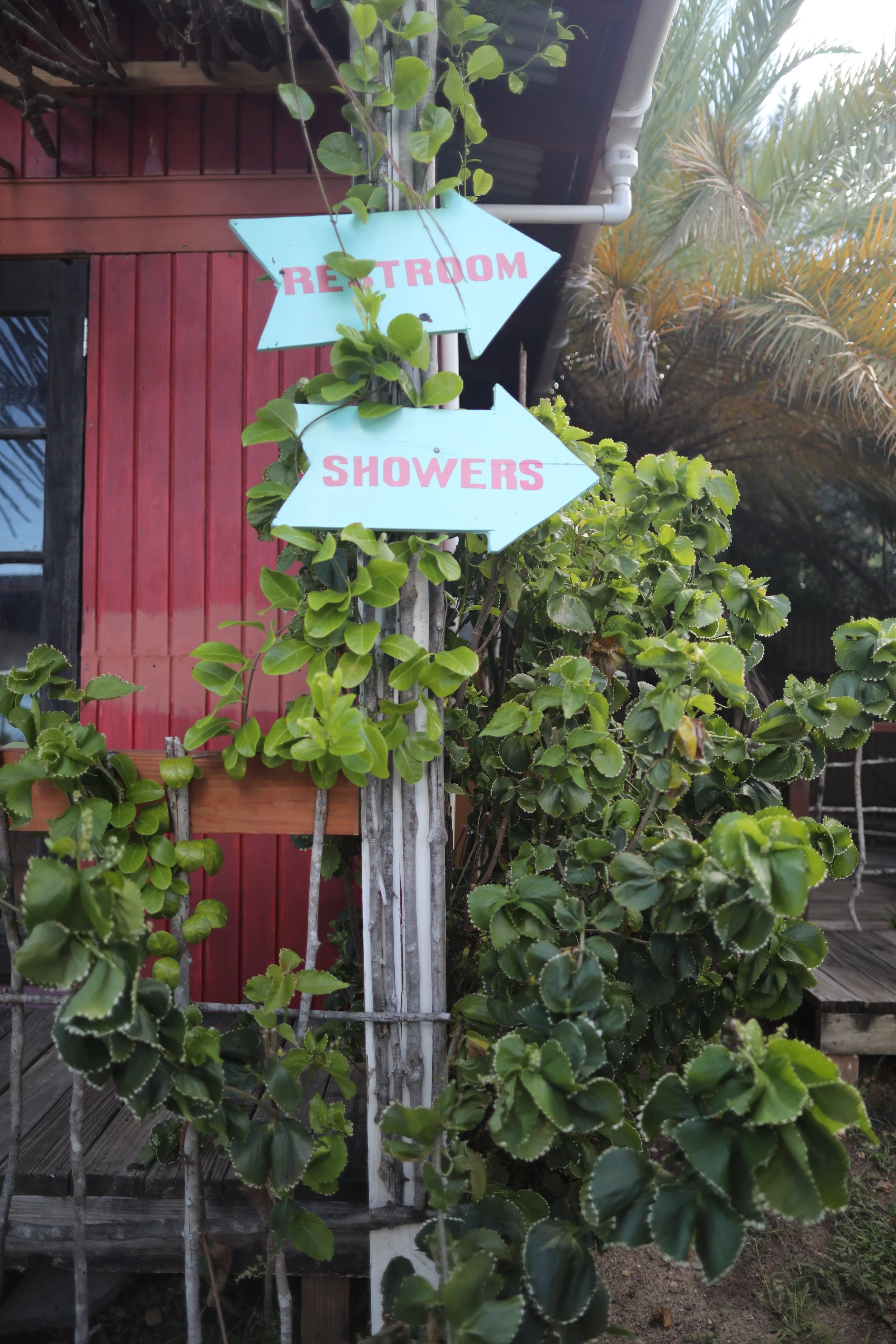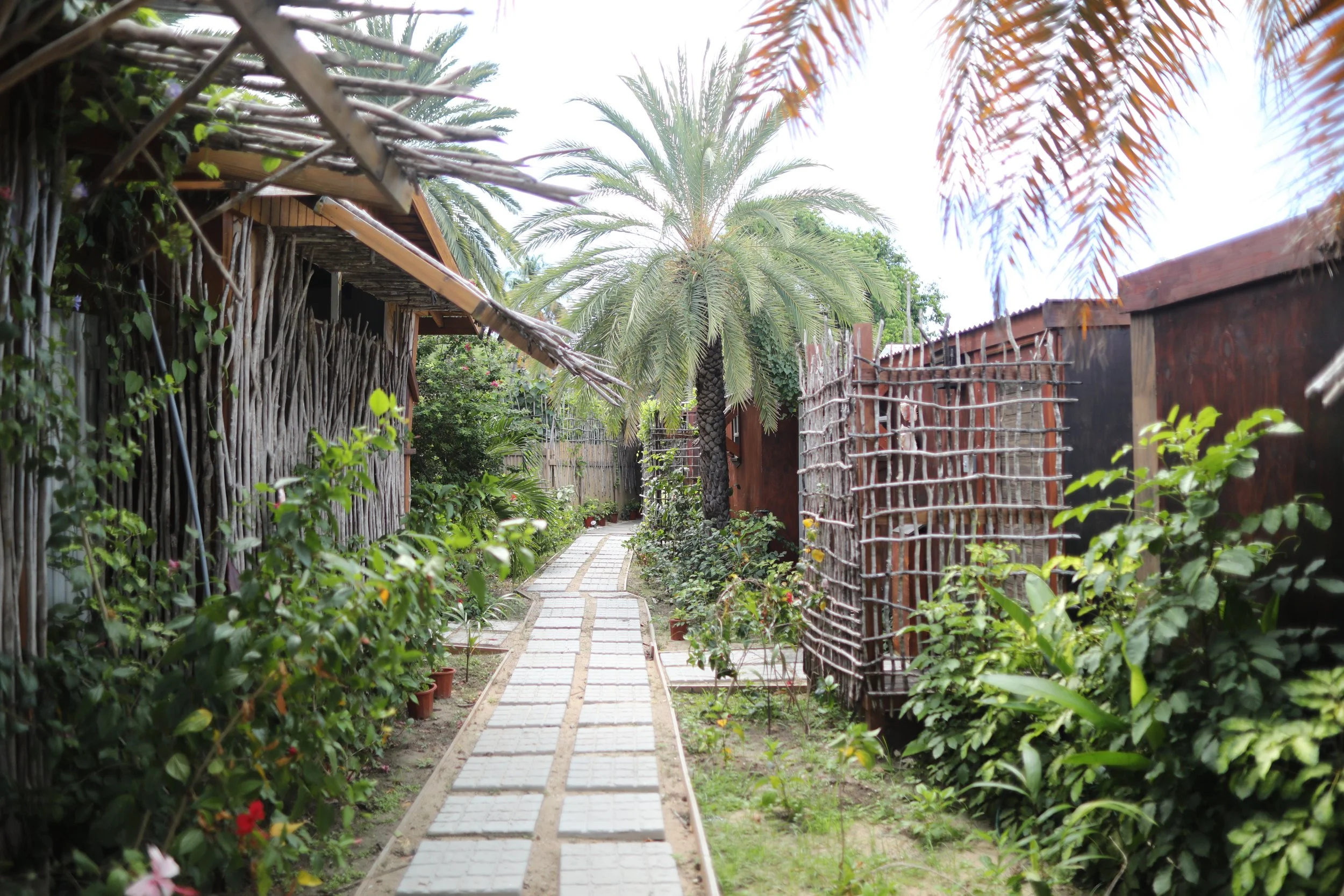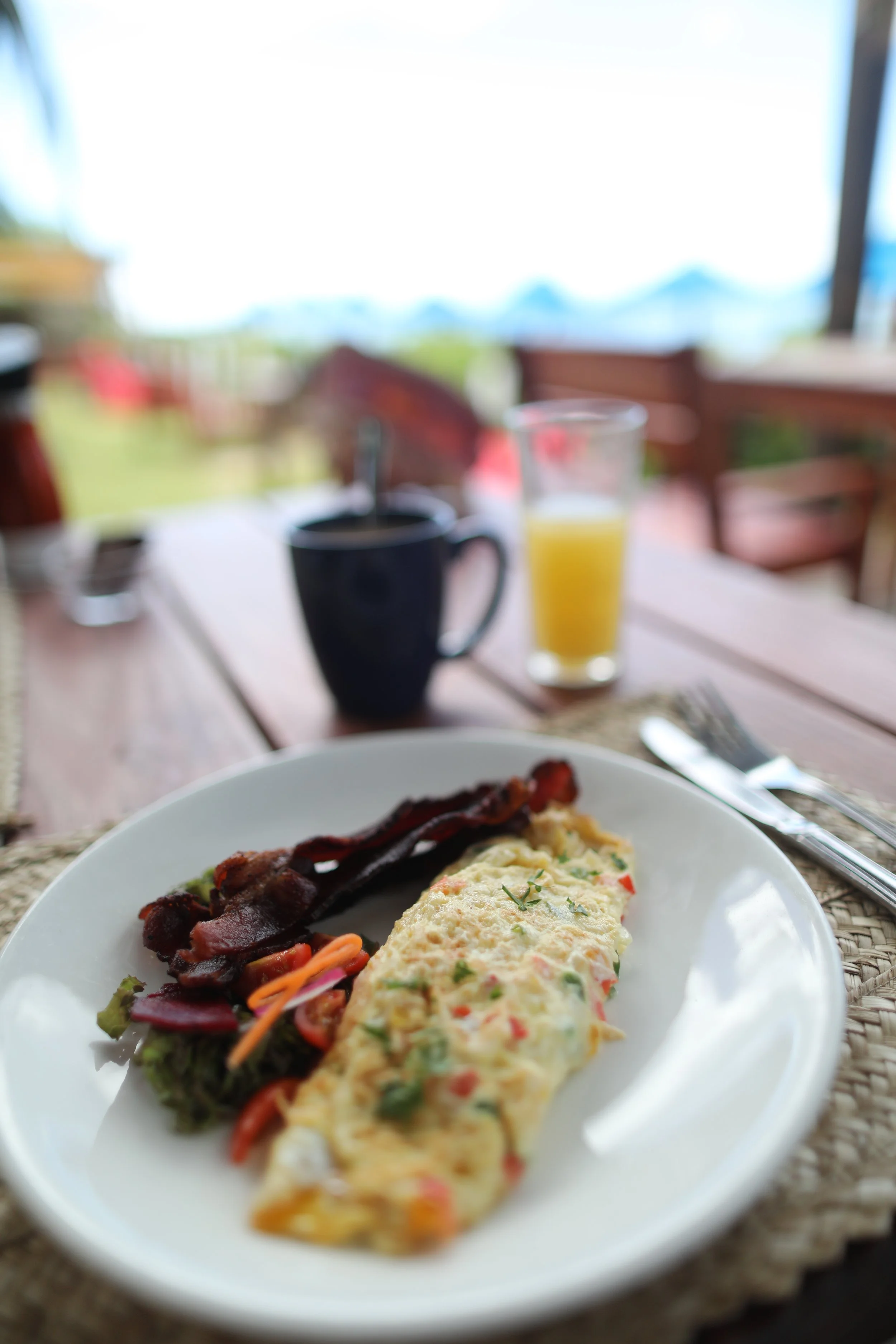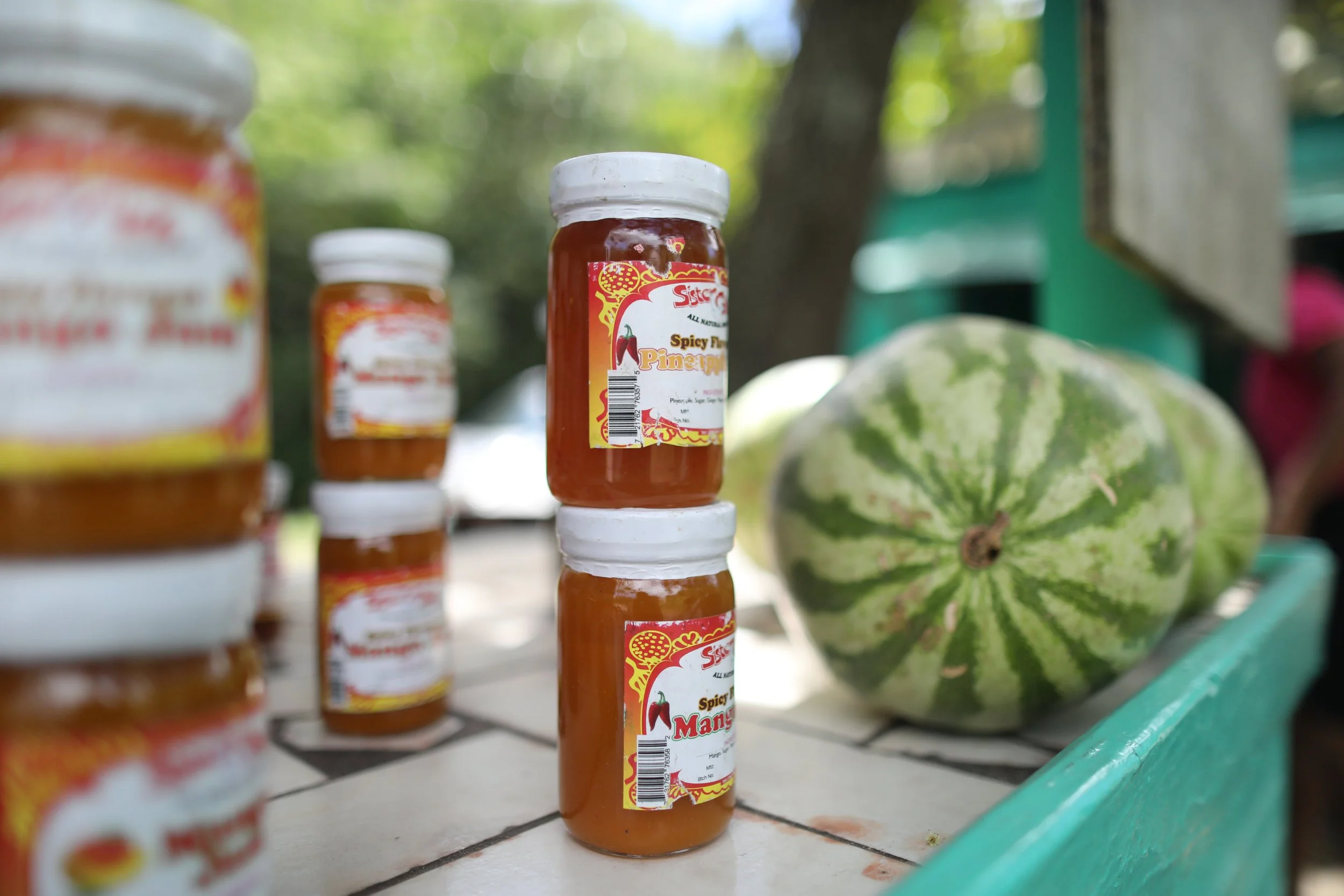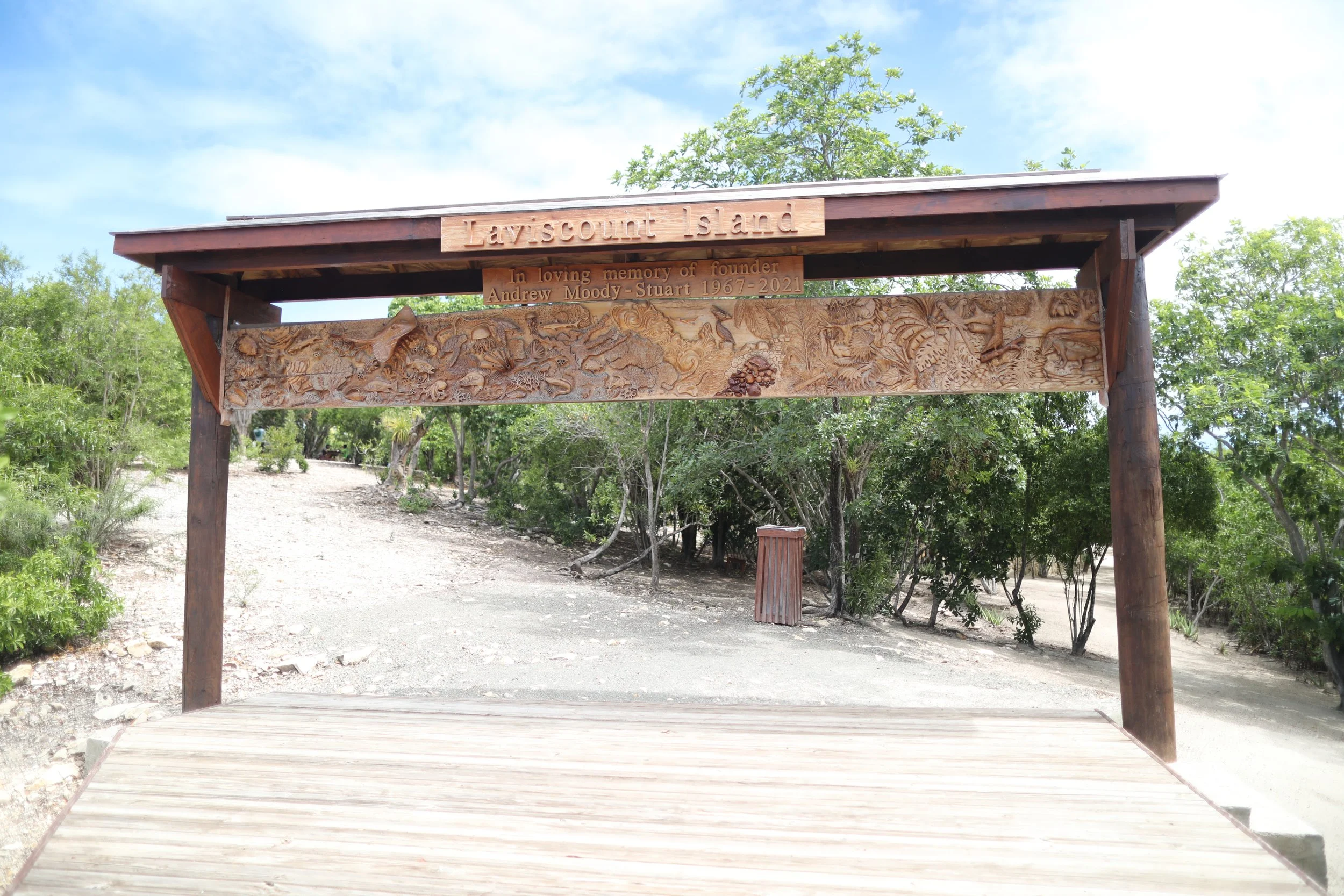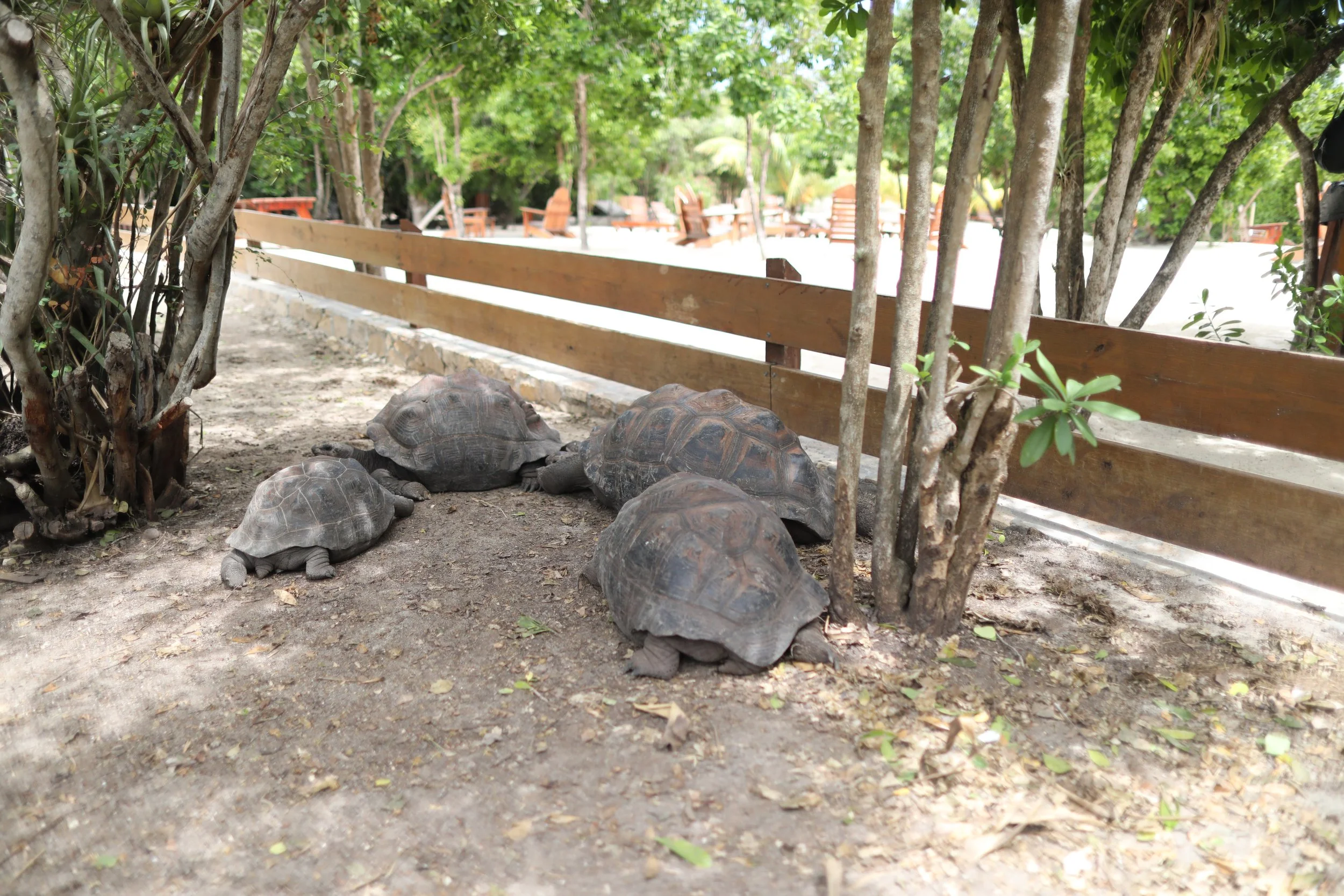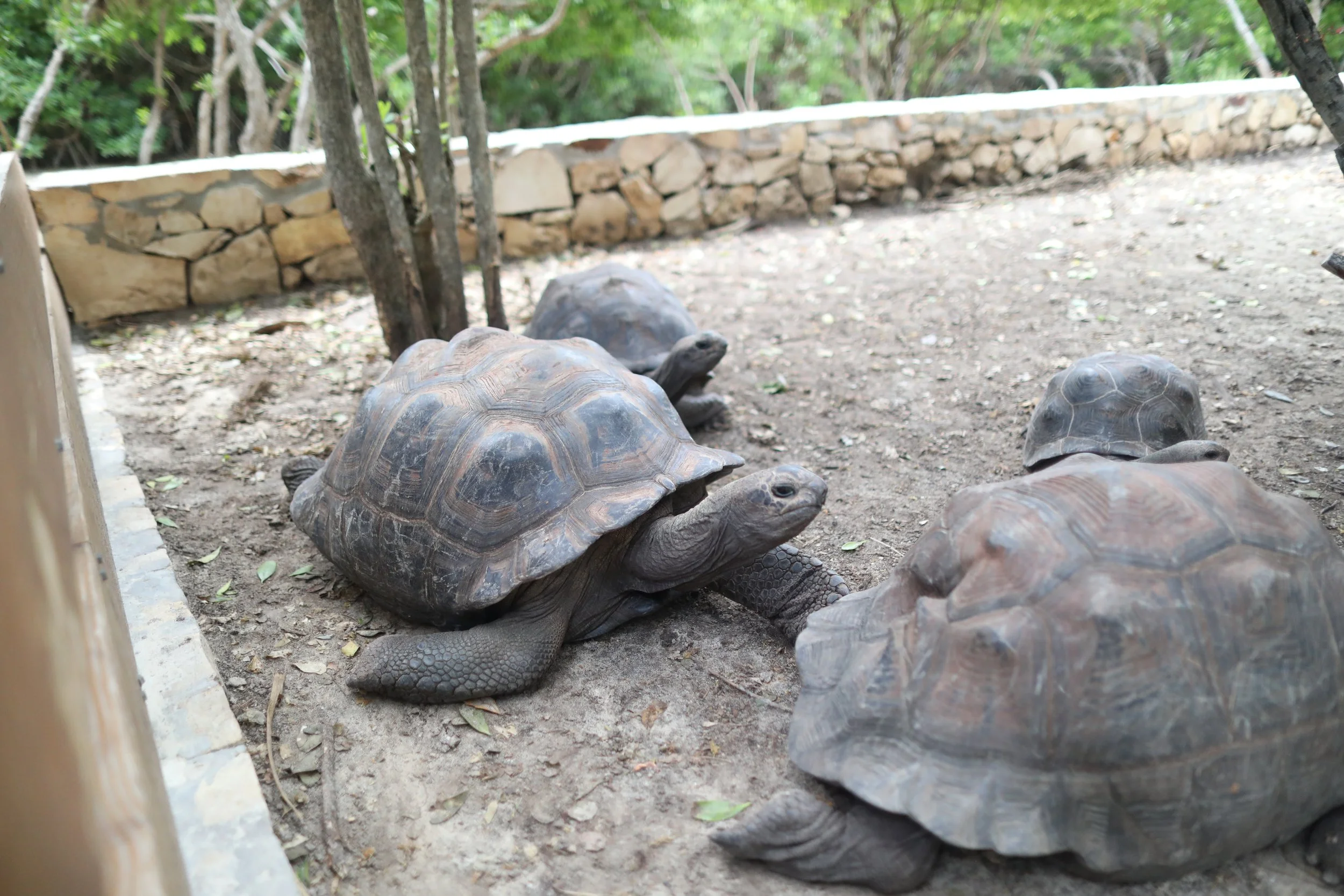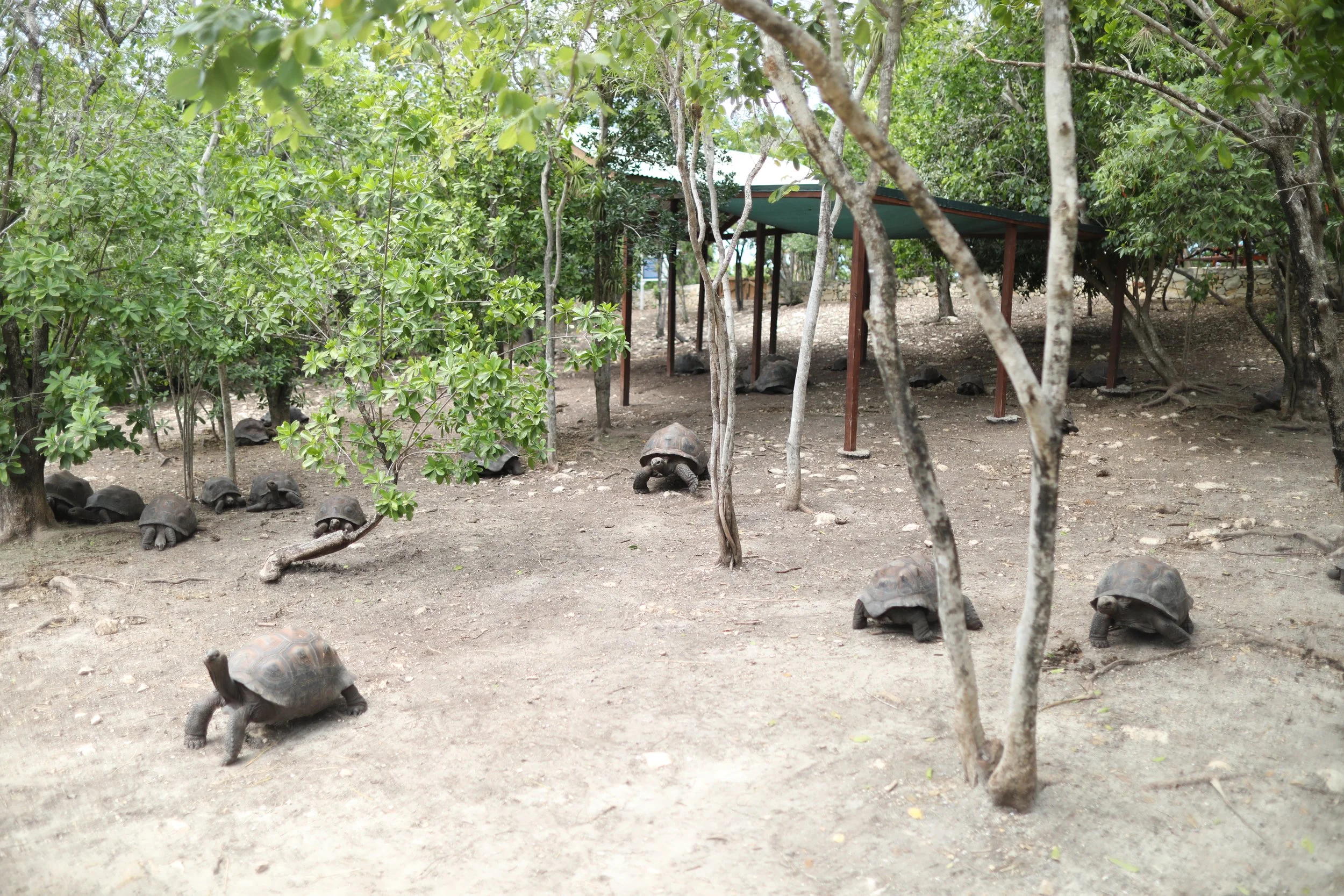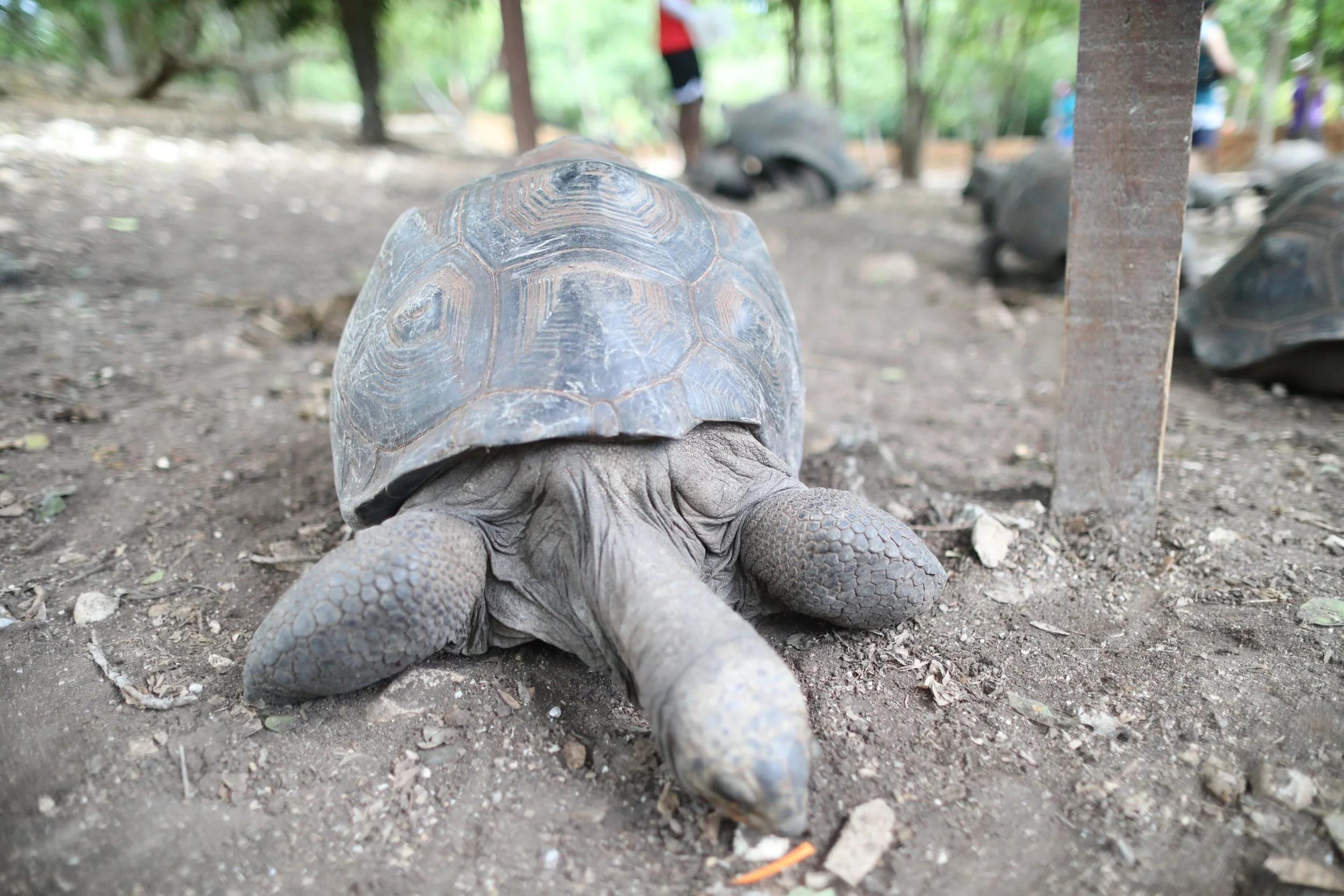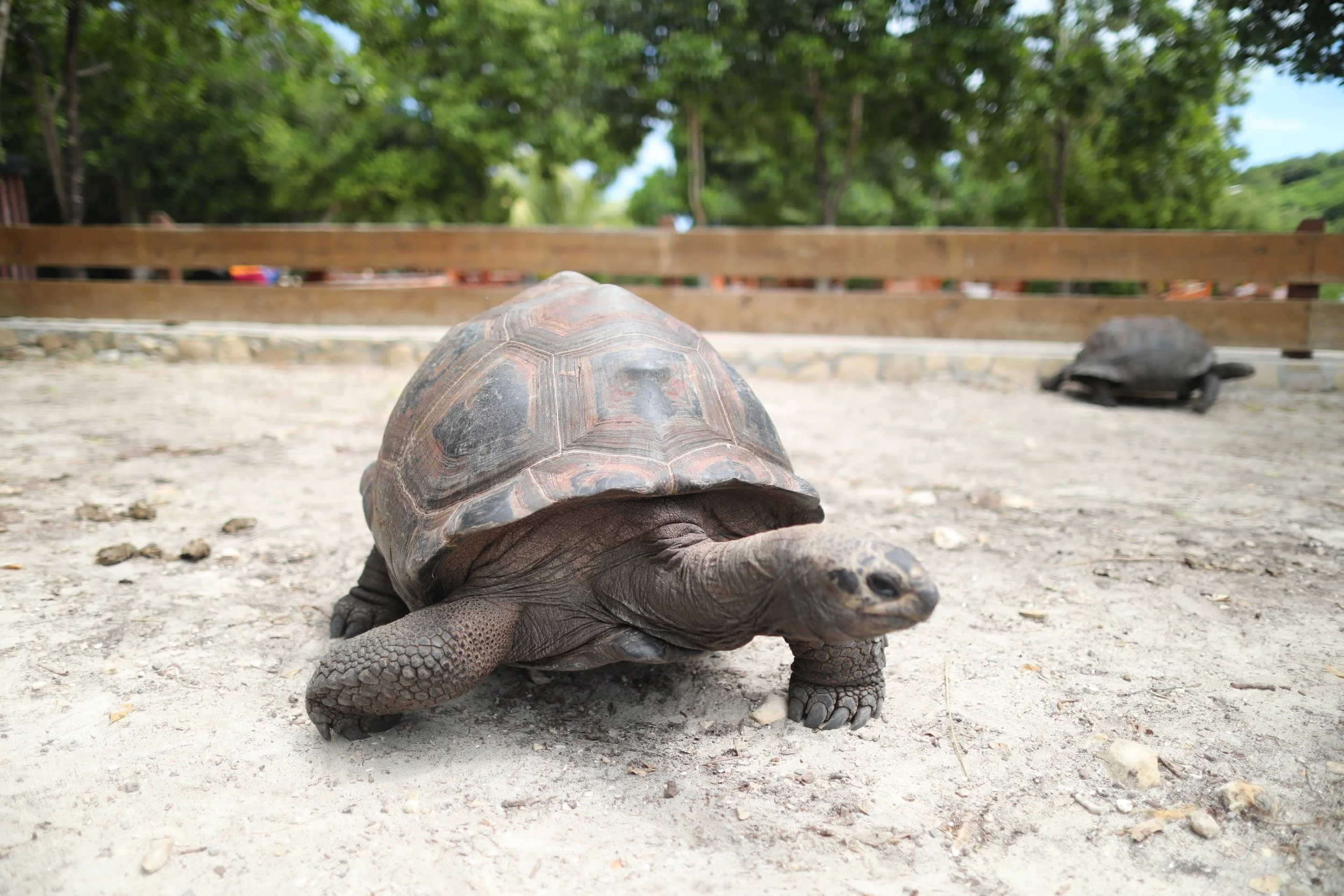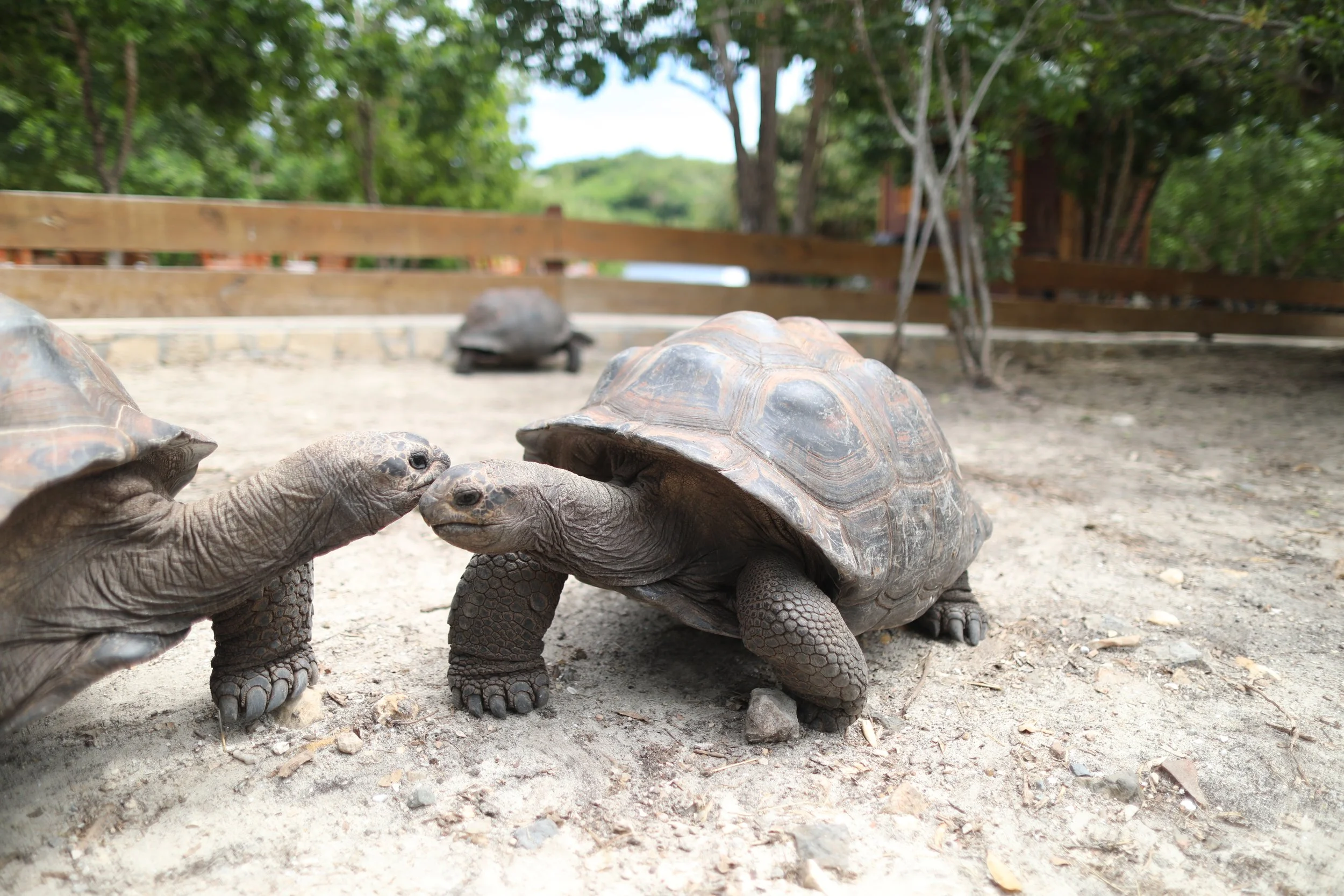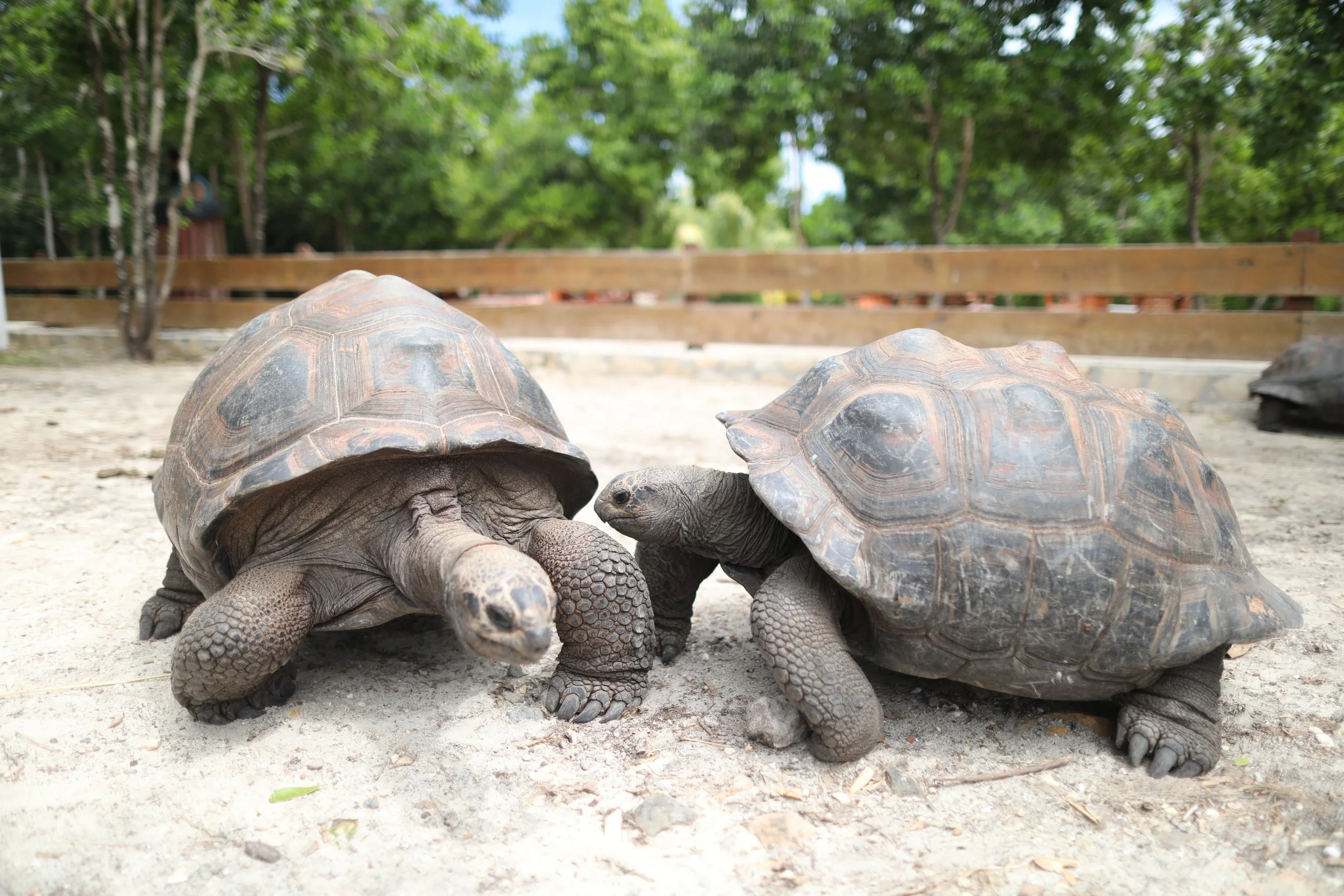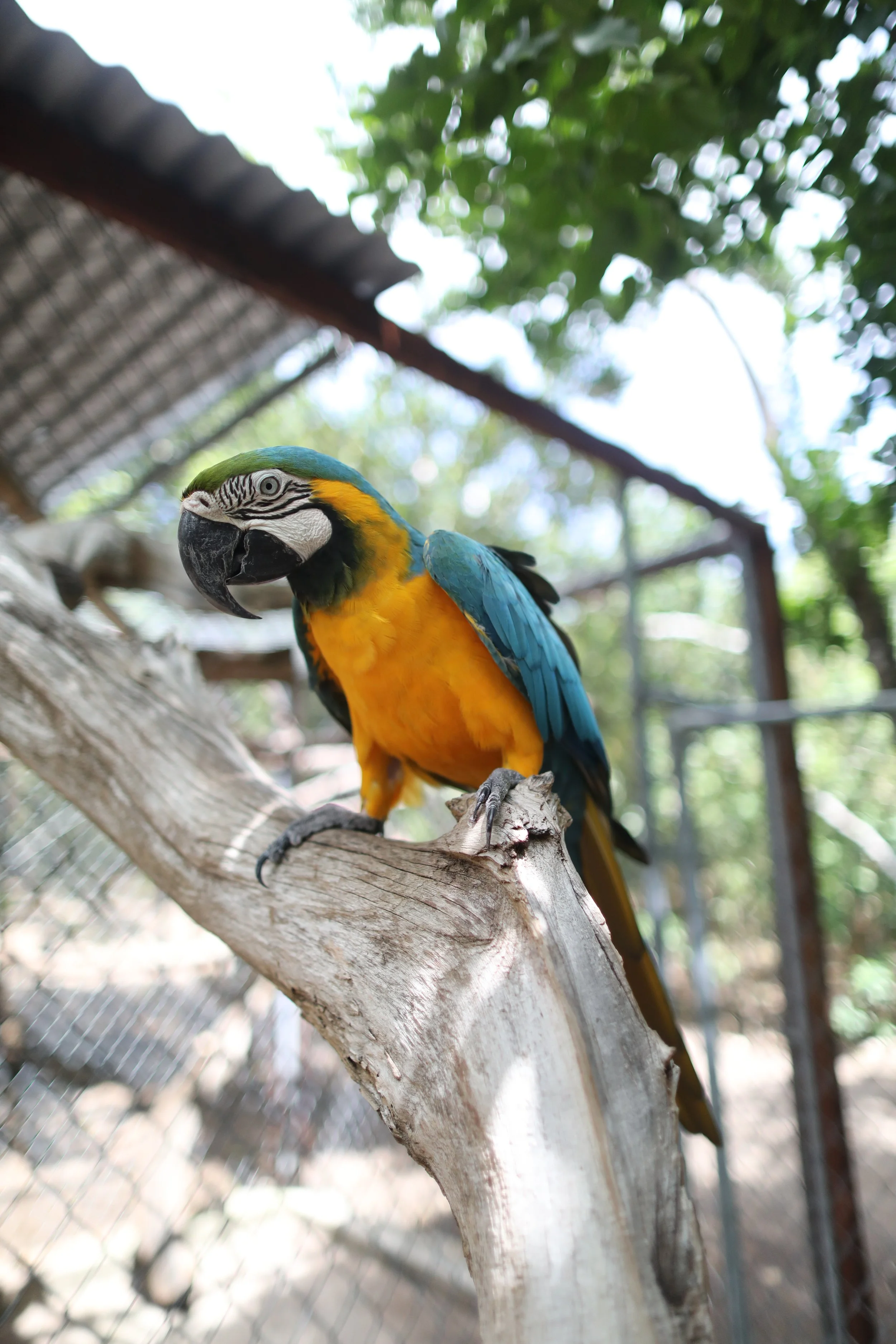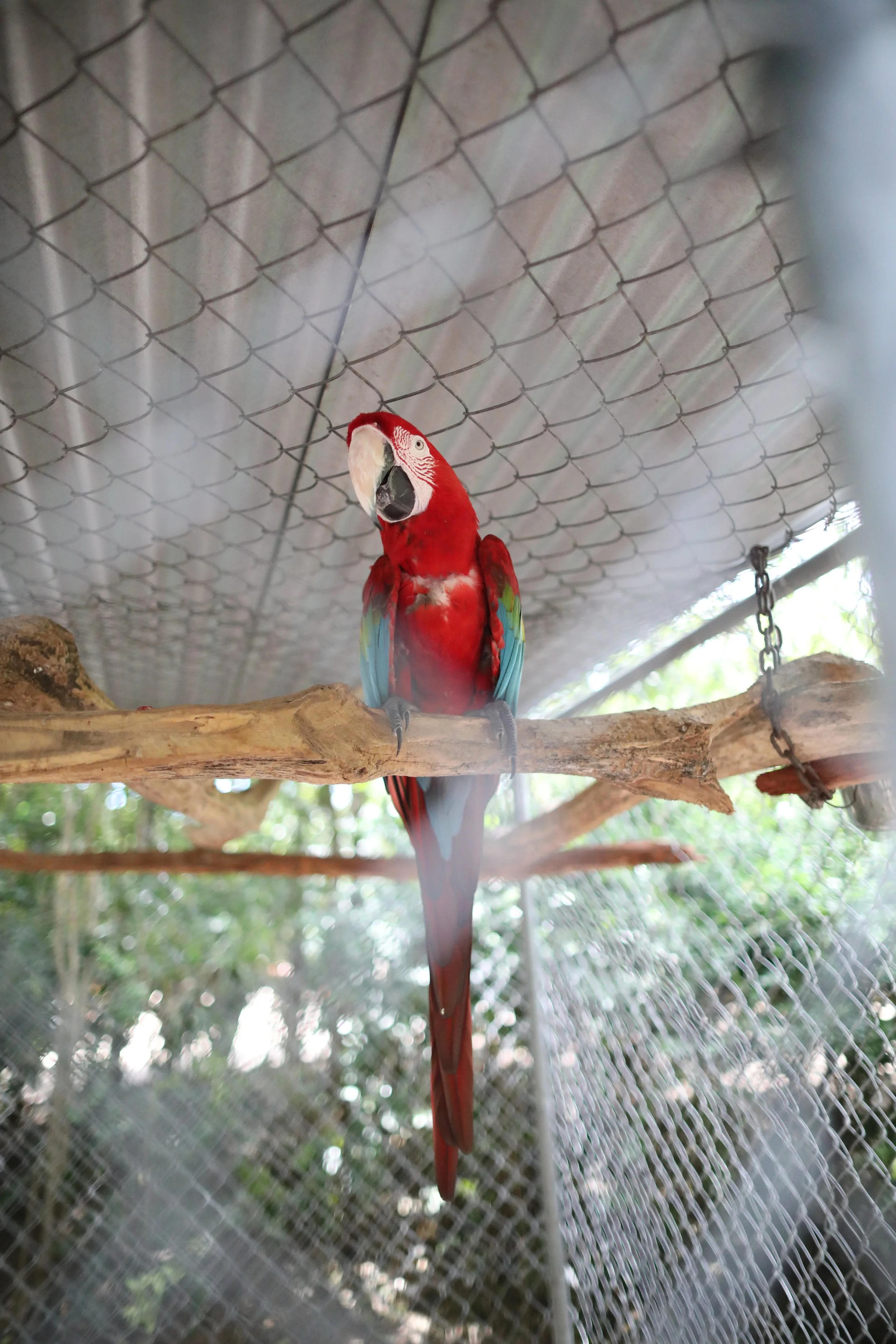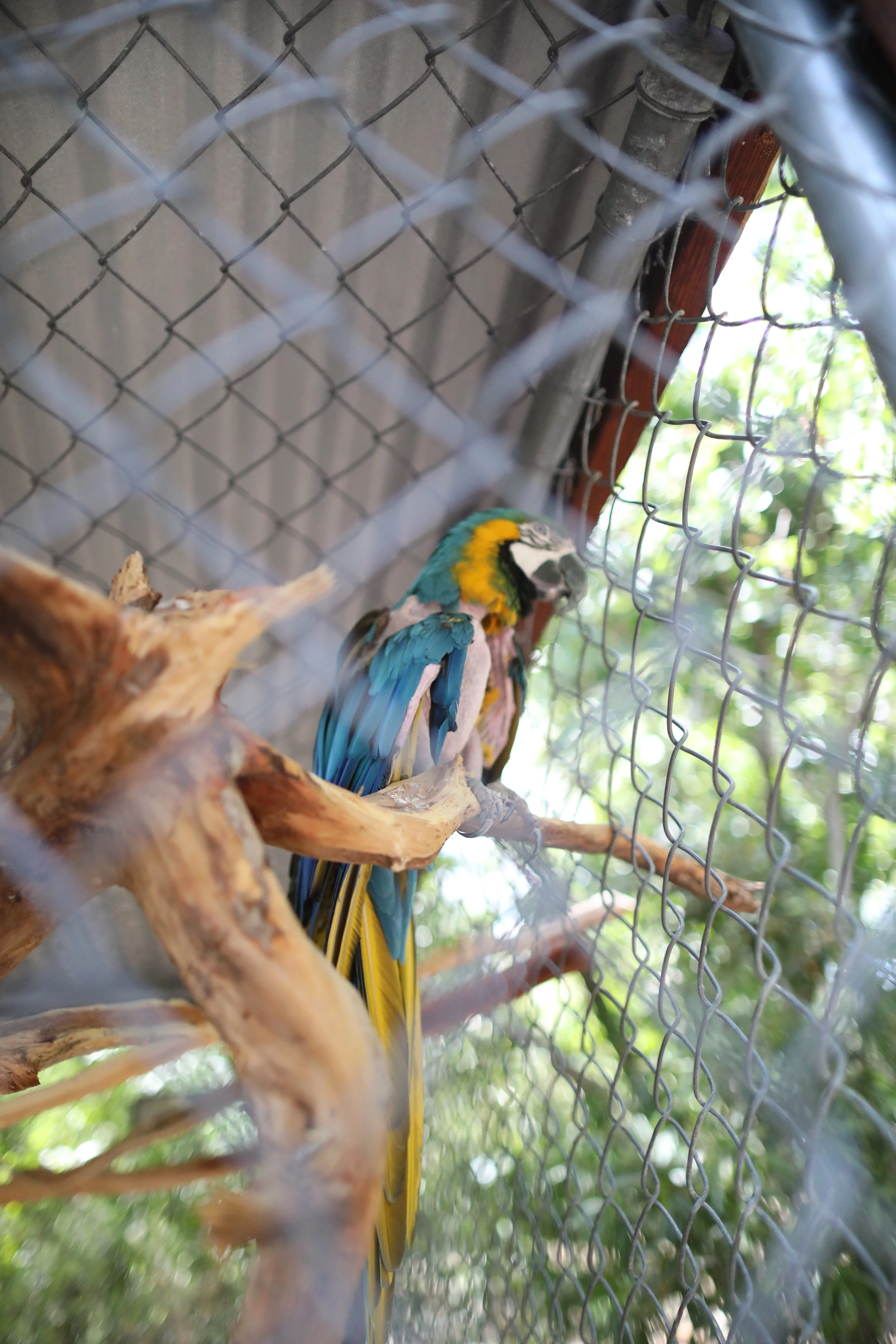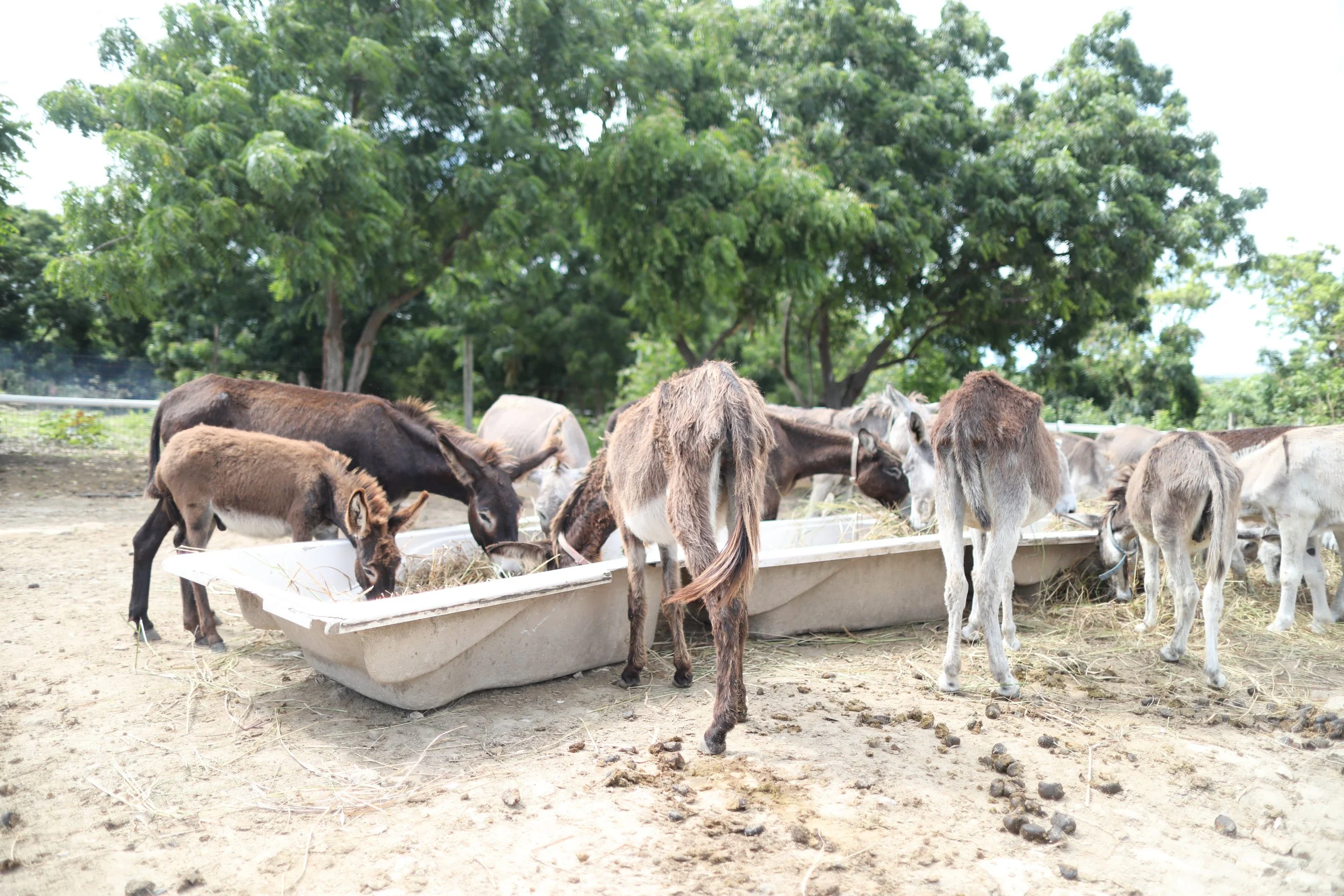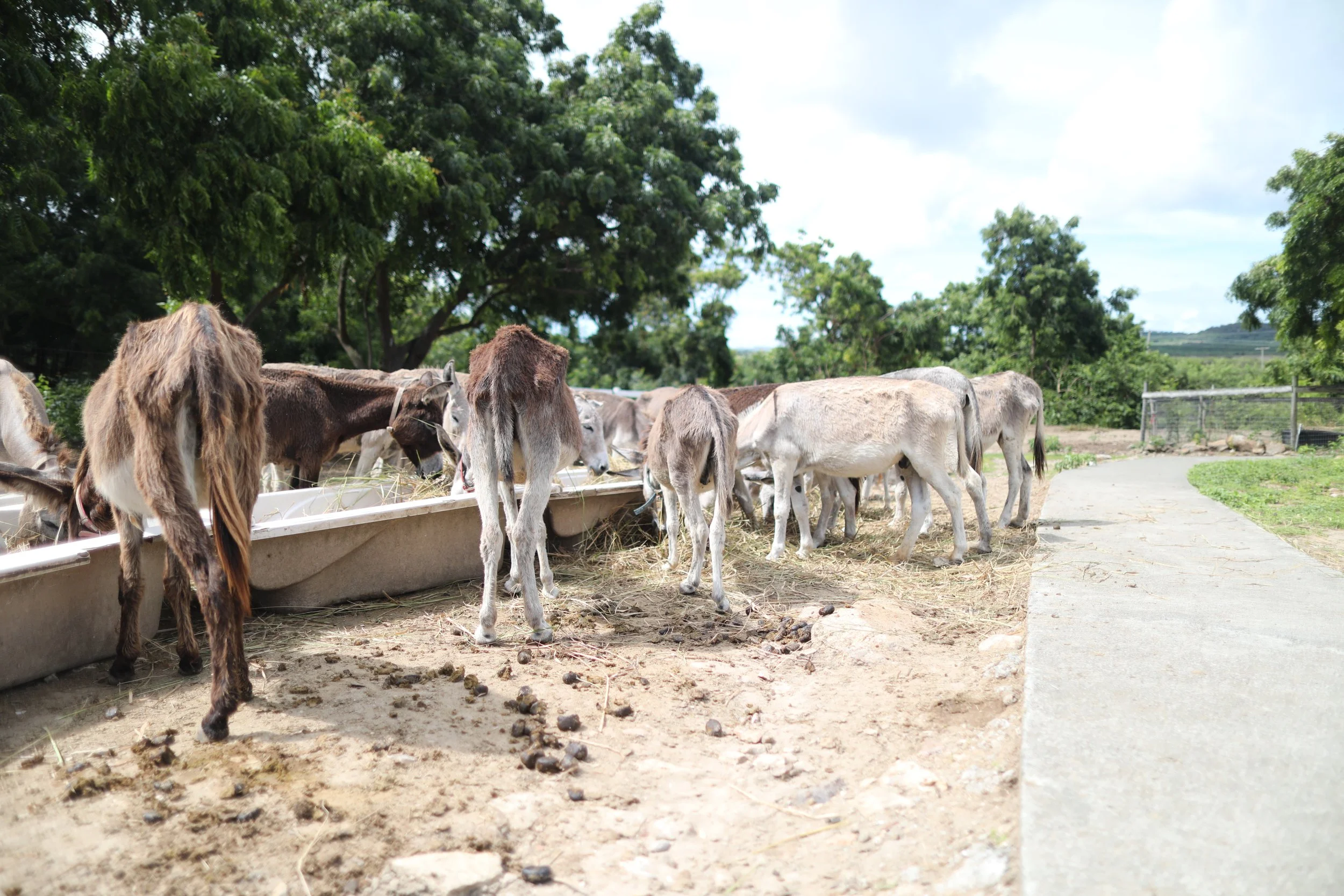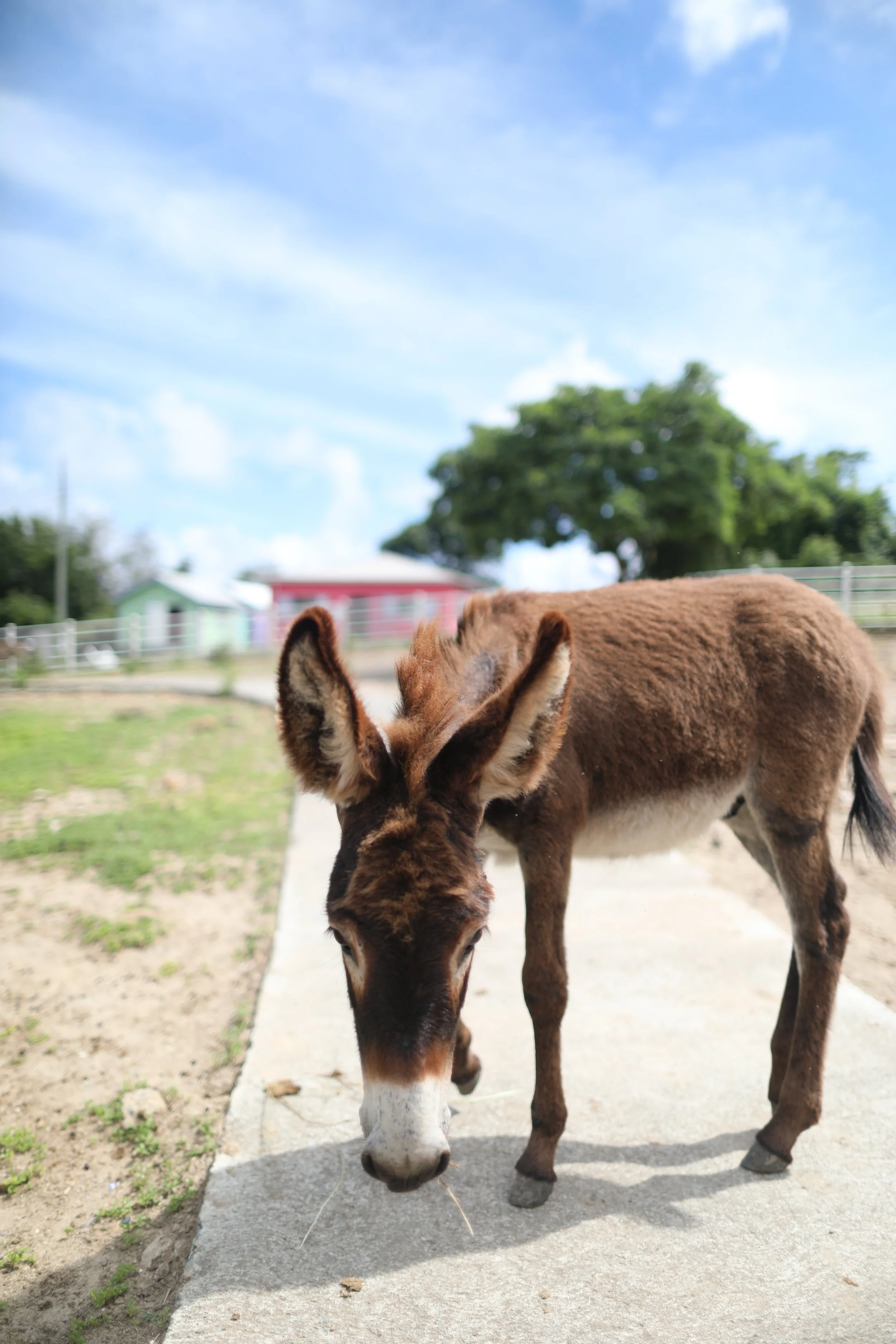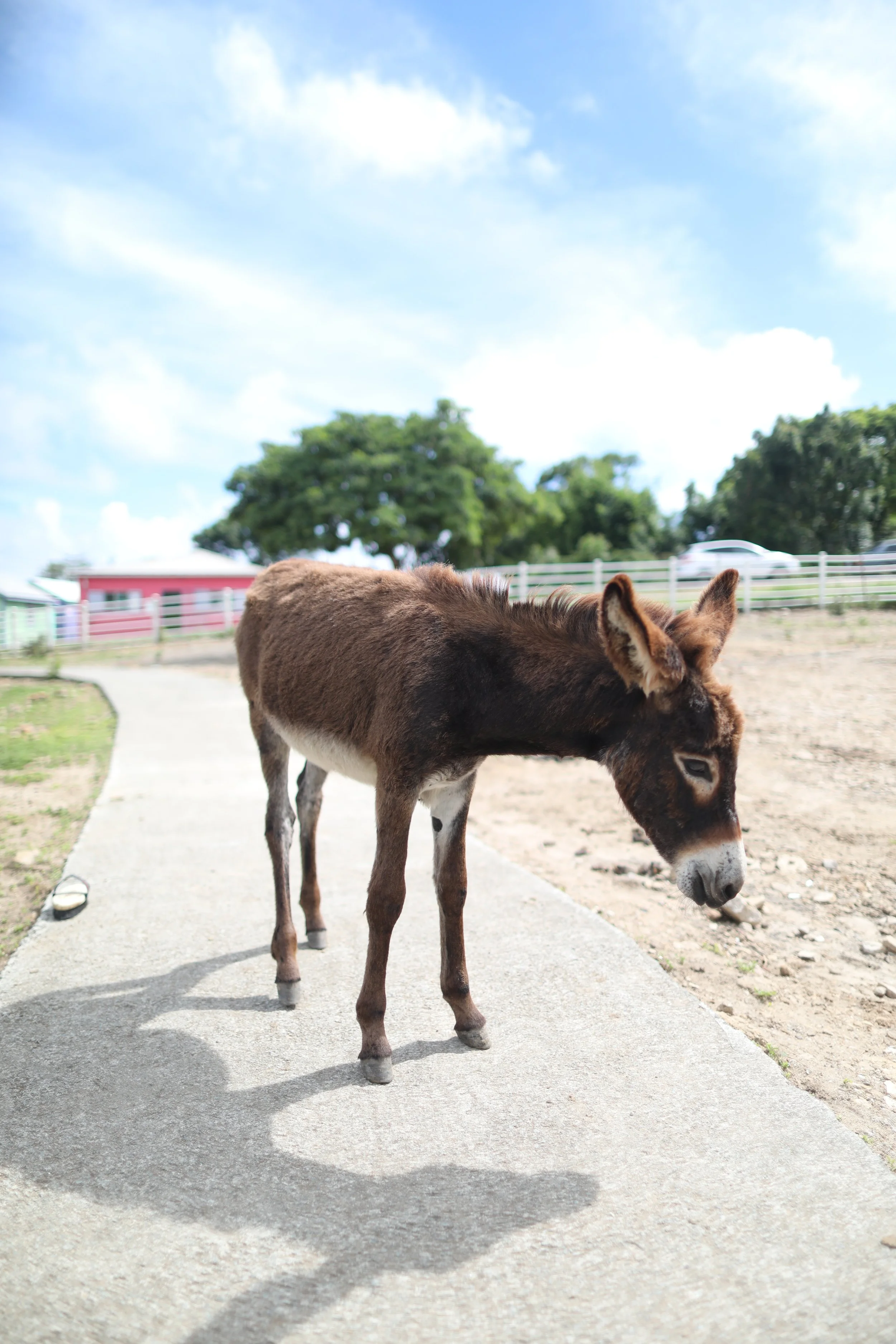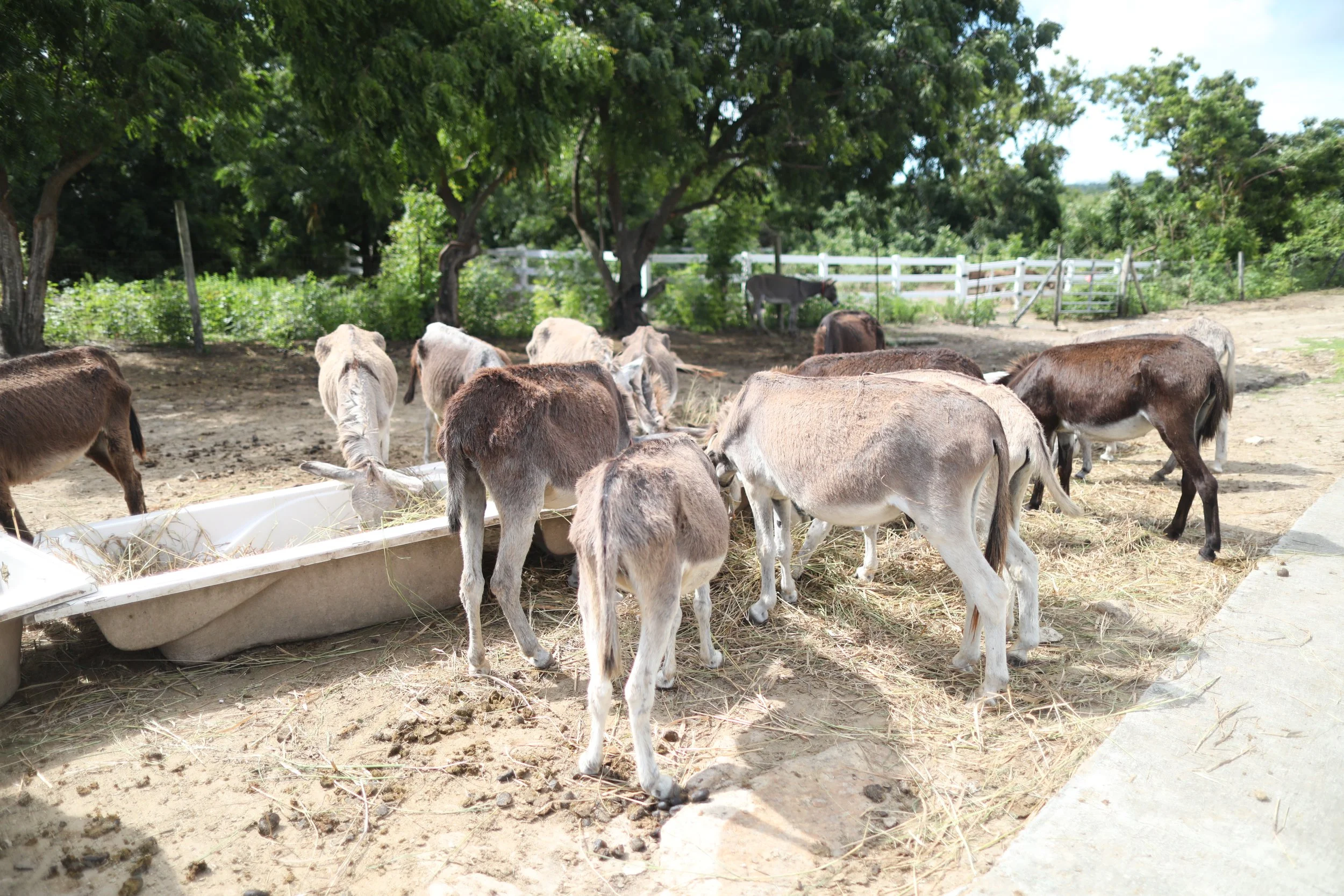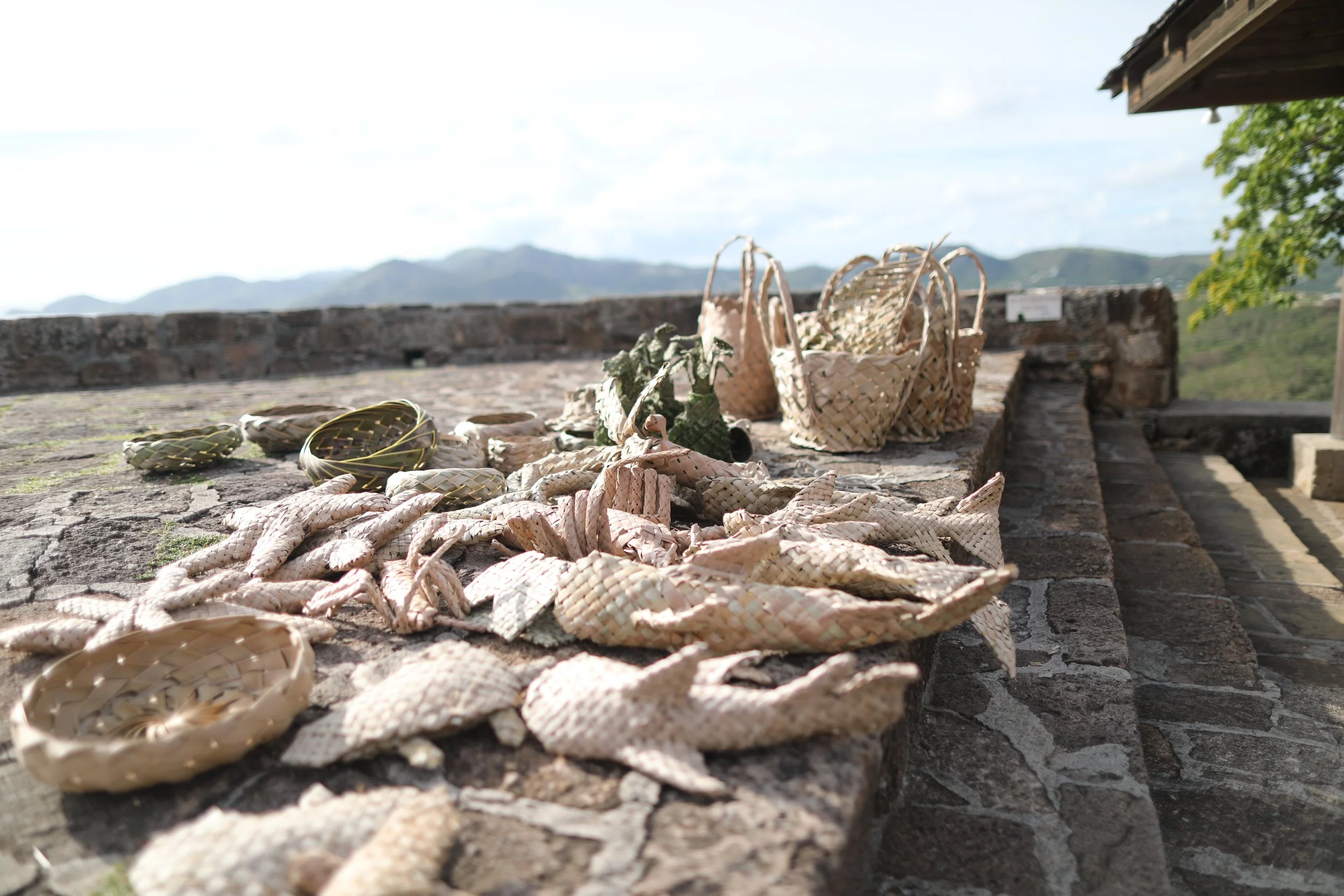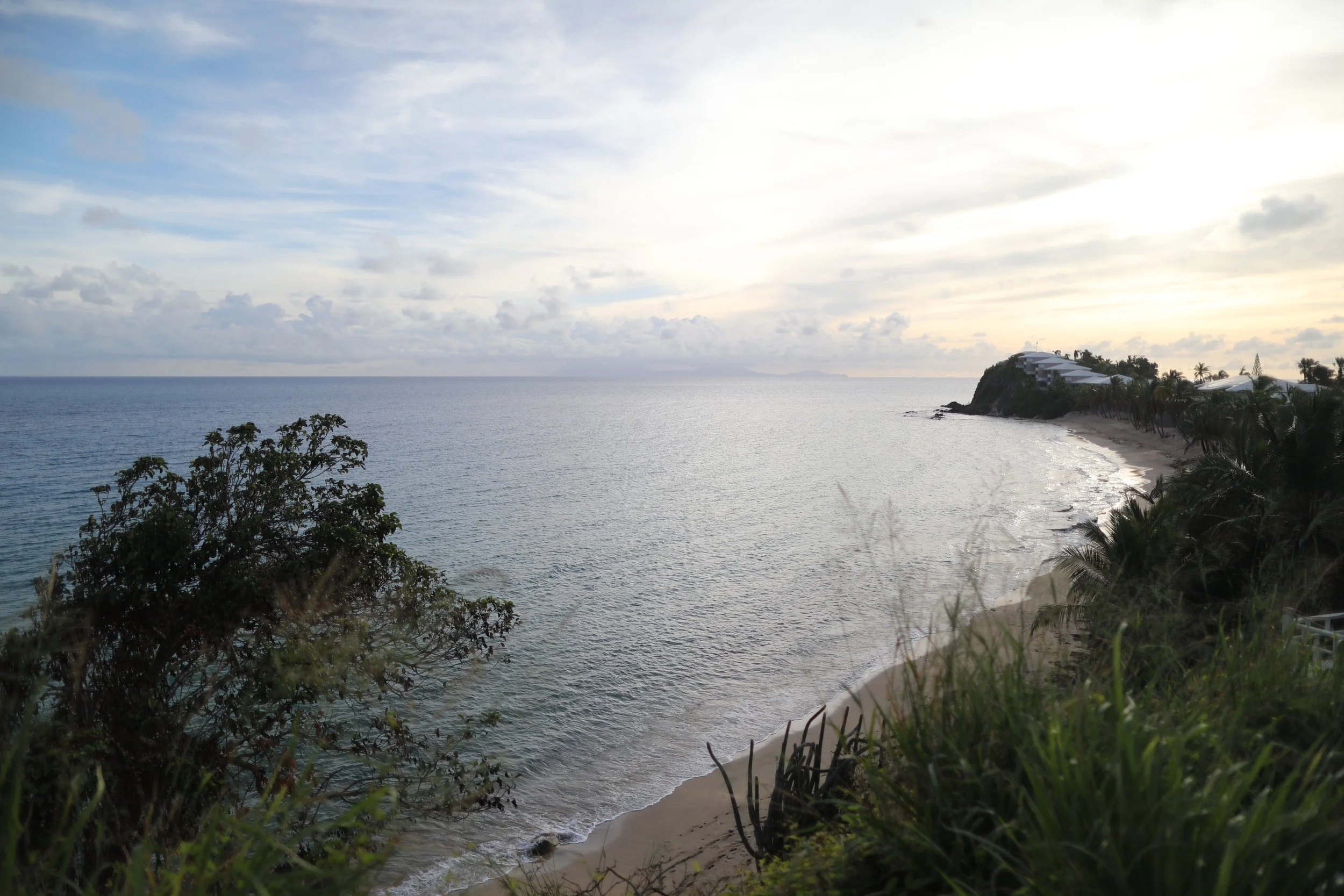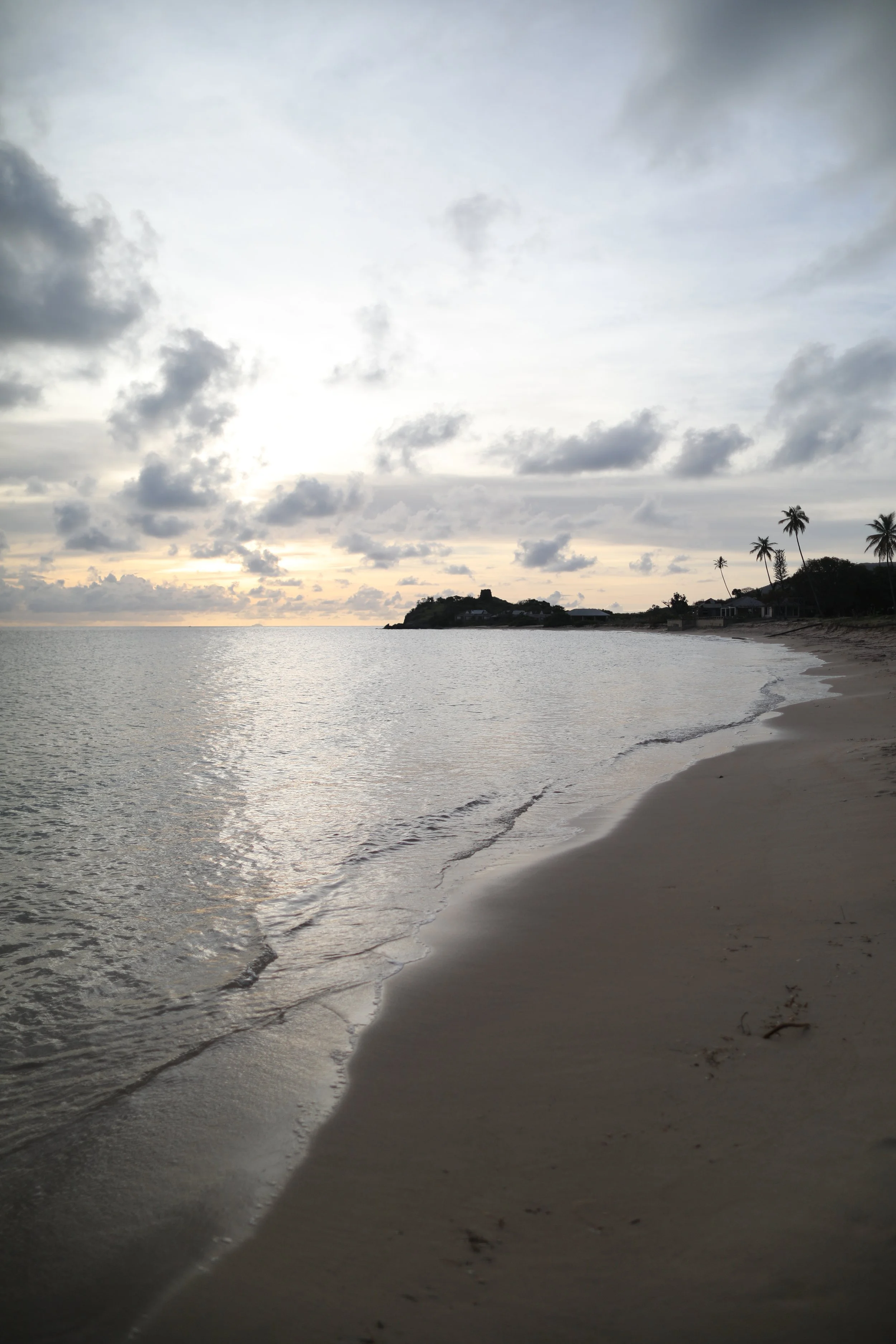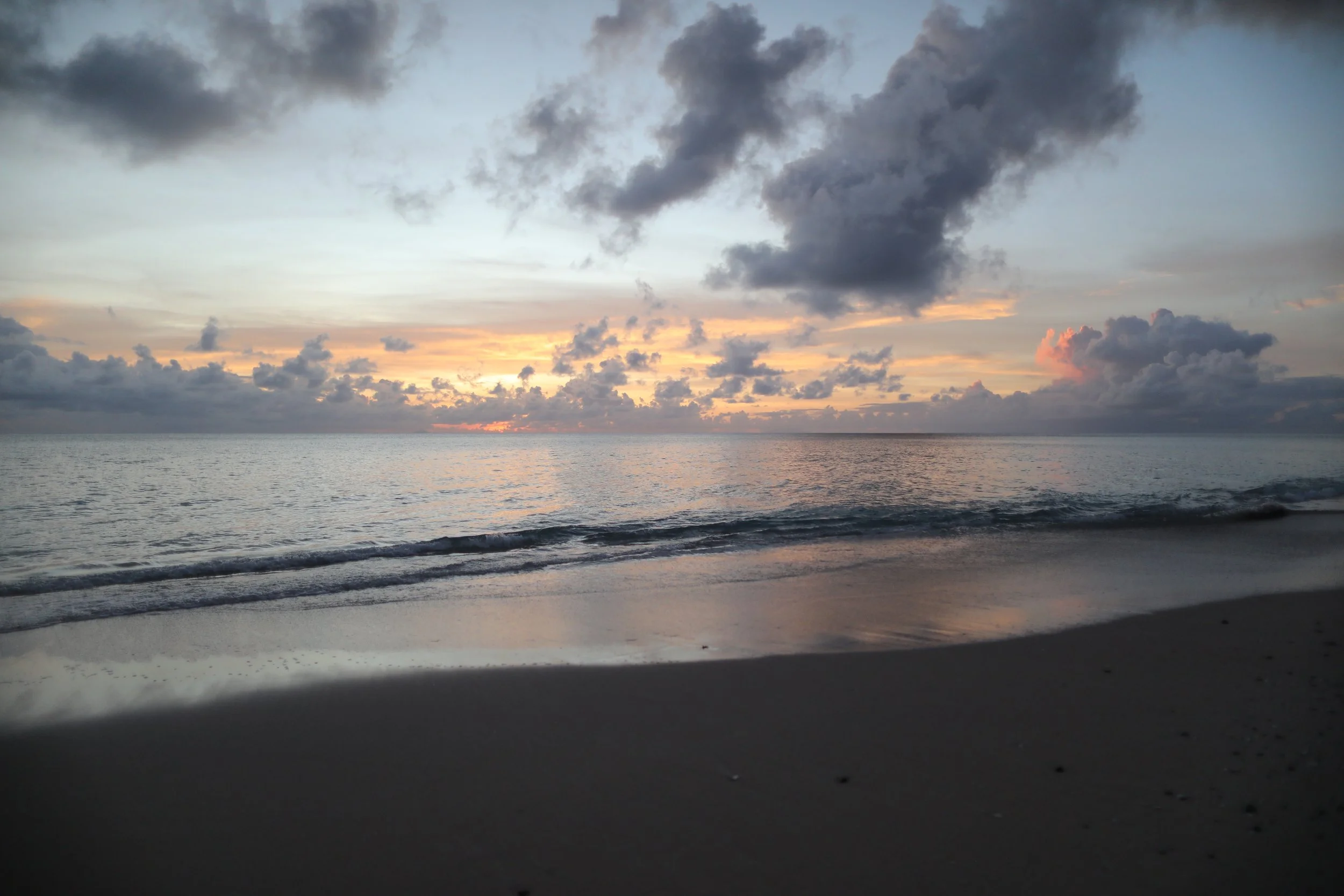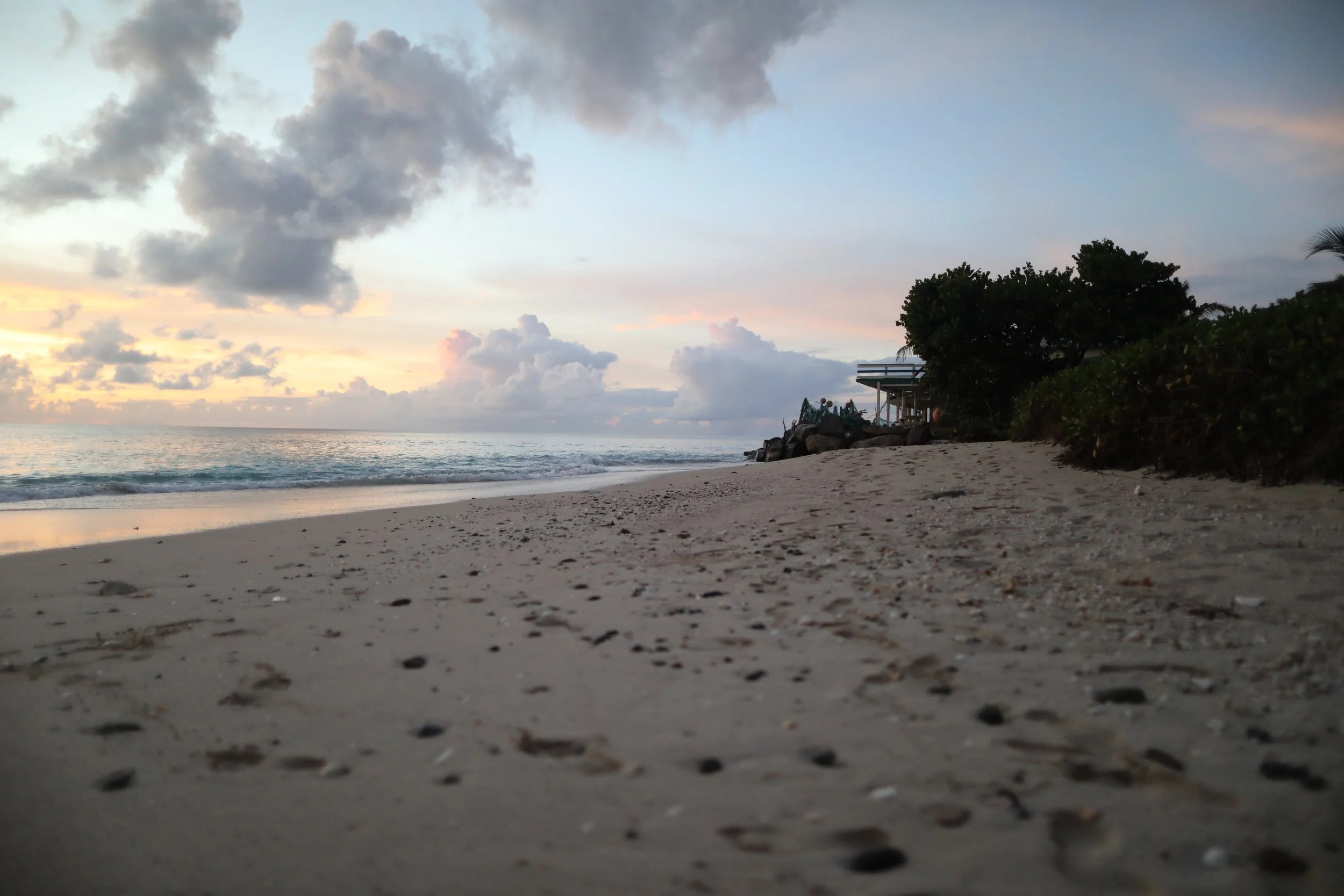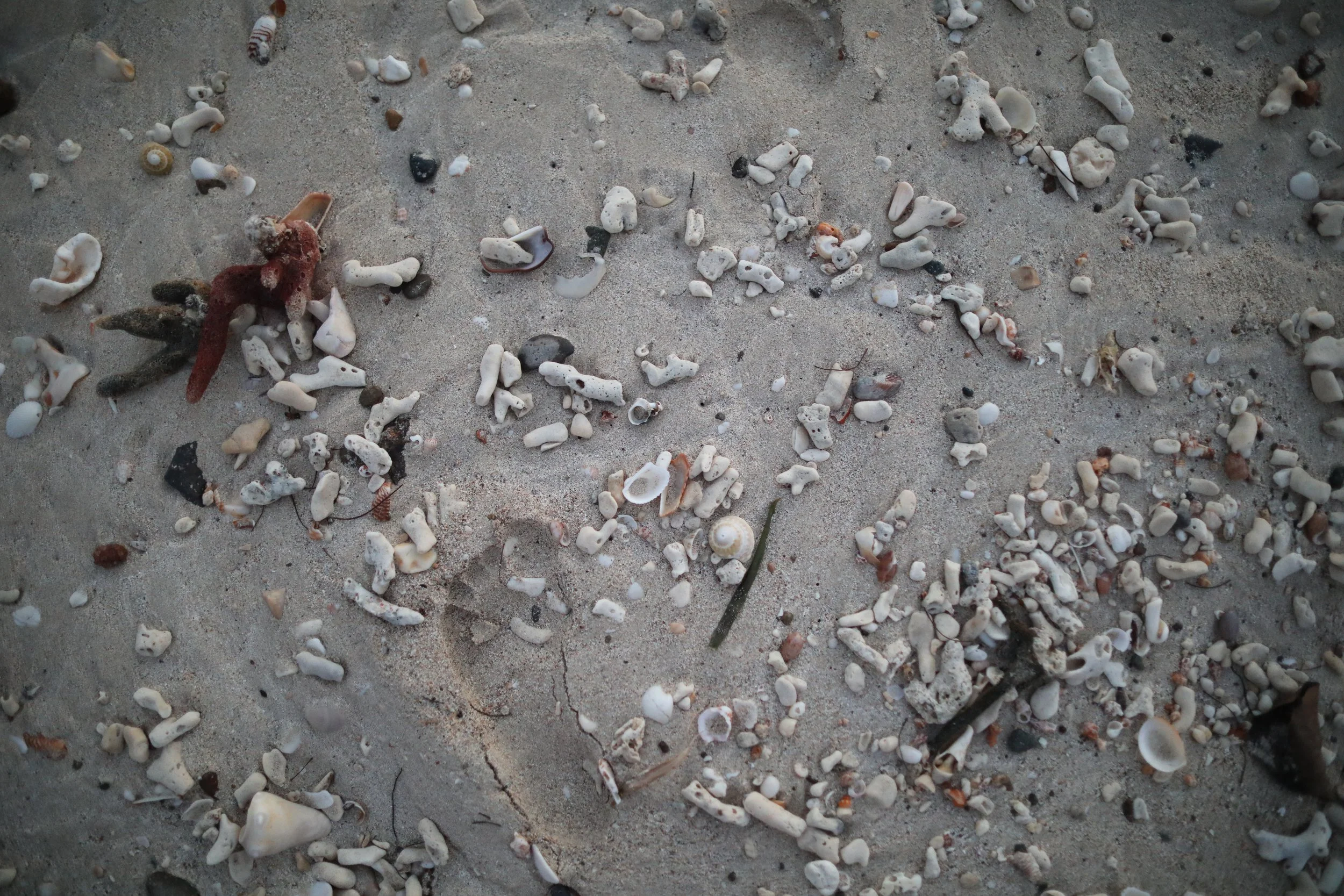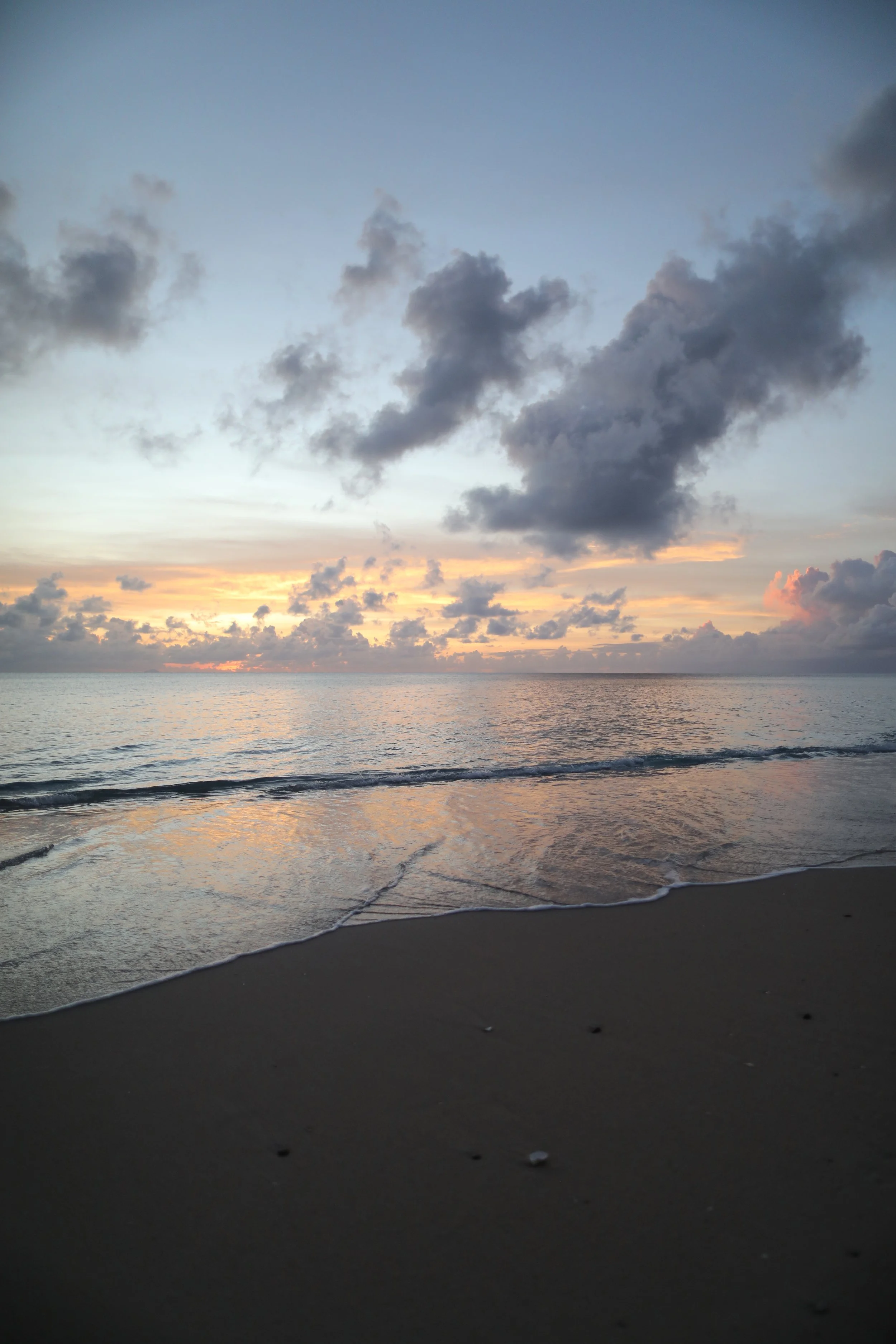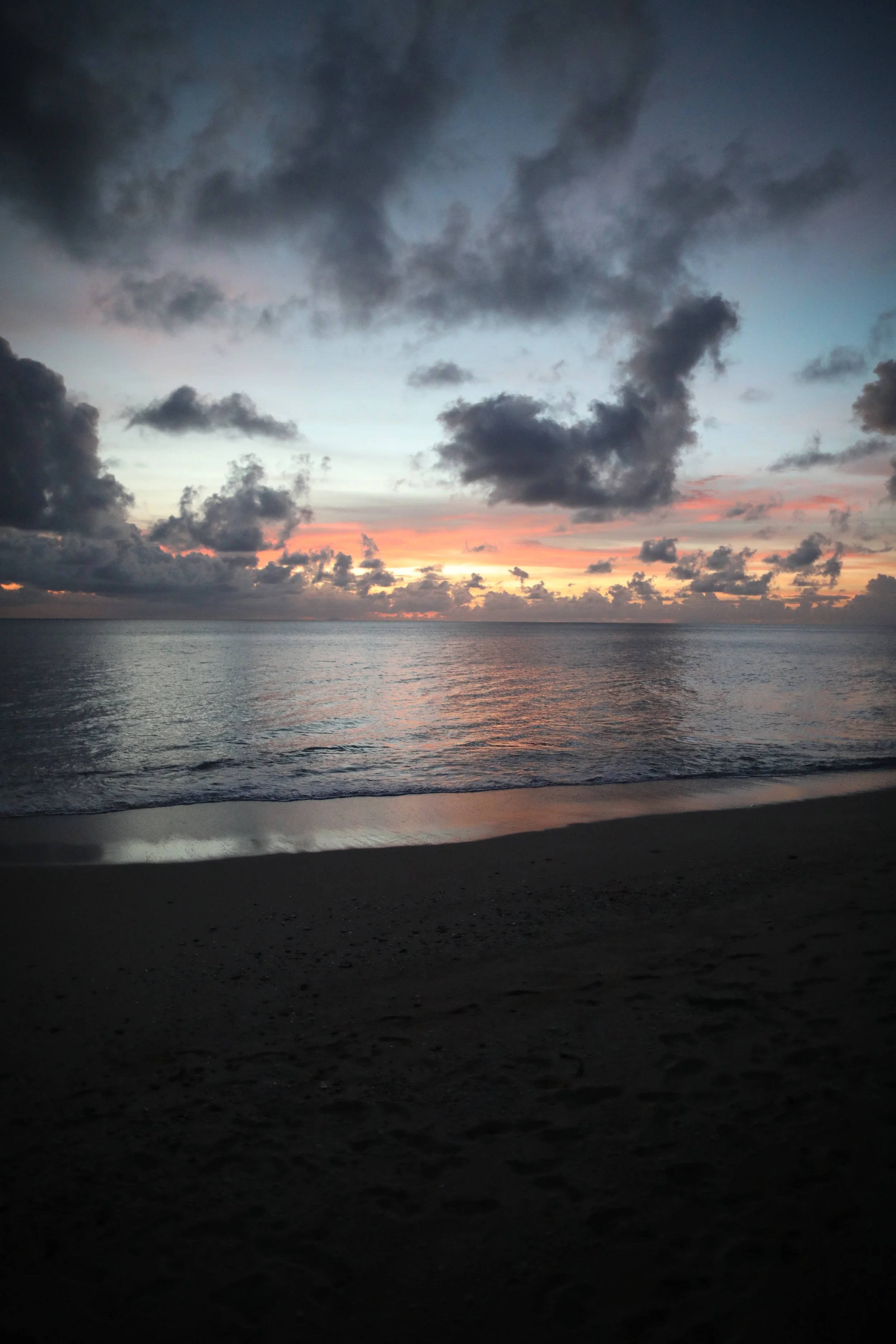Antigua: Land of 365 Beaches
Best things to do in Antigua: dive into paradise with this travel guide.
Antigua is one of the two major islands that make up the Caribbean nation of Antigua and Barbuda.
It’s a small island nation that packs a punch; with an area of just over 100 square miles, the island is home to an incredible 365 white sand beaches surrounded by beautiful coral reefs.
Also known as Waladli or Wadadli by the native population, this island is part of the Lesser Antilles and one of the Leeward Islands.
As with many islands in the Caribbean, the indigenous peoples were overtaken by Europeans who brought slaves. First inhabited by the Guanahatabey people, the Arawaks were next, then the Caribs, until Christopher Columbus arrived in 1493 and named the island.
For a large portion of Antigua’s history, the island was considered Britain’s “Gateway to the Caribbean” and soon became the focus of sugar trade but eventually, slaves rose up.
In 1967, Antigua became an associated state of the Commonwealth of Nations and in 1981 disassociated from Britain.
Important sites rooted in the island’s history include English Harbor, Nelson’s Dockyard and Shirley Heights, a former military lookout with panoramic views.
Libra season, it was time for another birthday adventure. This time, I’d be spending a few weeks island hopping in the Caribbean. My first stop was the sunny island nation of Sint Maarten, a Dutch inspired paradise with idyllic beaches, parrot sanctuaries and wild zip lines, which happens to share the island with Saint Martin, the northern French side, often referred to as “Coconut Island.”
Next, was the Caribbean island of Dominica, a lush jungle covered island, overflowing with stunning waterfalls, steamy hot springs and gorgeous gorges, with a day trip north to Pirates of the Caribbean’s Indian River.
Rounding out my island adventure was the beautiful paradise of Antigua & Barbuda, with its white sand beaches, tortoise sanctuaries and stingray swims.
Best Things to Do in Antigua
Lunch / At Darkwood Beach Bar & Restaurant
Settle In / To Conch Beach cabins
Dine / At Sheer Rocks
Travel / Down Fig Tree Lane for local treats
Explore / Laviscount Island's Tortoise Sanctuary
Support / Antigua's Donkey Sanctuary
Catch Views / At Shirley Heights & beach hop
Feast / At Papa Zouk
Admire / A delicious sunset
Feed / Yourself at The Fox House
Best Things to Do in Antigua
Lunch at Darkwood Beach Bar & Restaurant
Flying over from fellow Caribbean island (and one of my favs), Dominica, the flight lasted a mere 45 minutes and was super easy. Once on the island, I grabbed a rental car from the airport for $45 a day, though I likely could’ve gotten something smaller for less. However, in the end, having a small SUV was good news; the roads were terrible and I often found myself on rough one-way streets on steep mountainsides. Straightaway, I stopped by an ATM and picked up some cash. The island uses the Eastern Caribbean dollar (EC), just as in Dominica.
Tip / You’ll need to rent a car to get around the island safely and efficiently. Pick one up at the airport for around $40/day.
On the way to my stay and worried I wouldn’t last much longer, I pulled over to a roadside stand for a snack of charred sweet corn. About 30 minutes later and with time to spare, I stopped at Darkwood Beach Bar and Restaurant for my first official meal on the island.
Pleased to find sand in my toes, I sat down at a table near the beach. The sand was soft and white; I couldn’t believe I’d arrived and this was where I’d be spending the next few days. It was gorgeous.
Parched, I ordered a guava juice and a catch of the day which happened to be red snapper, my favorite. I also tried a tamarind juice that was both sweet and sour at the same time. It was tangy, balanced with lemon and caramel.
My red snapper arrived, alongside steamed vegetables and Caribbean rice similar to Jamaican rice and peas. The fish was crispy but juicy and full of flavor.
After completely satiating myself, I cashed out for about $35 USD and was on my way. My stay was just a few minutes further down the road.
Settle In to Conch Beach Cabins
Arriving at Conch Beach Cabins was, well, quiet. Set right on the beach, the little cabins spilled out onto the sand and were just steps away from the sea. Upon my check in, I was offered a fruit punch and shown my cabin.
A small collection of simple, rustic cabins situated on the Southwestern coast of Antigua at Turners Beach, the location was incredible. It was charming, calm and peaceful, everything I’d hoped.
Out back was a small covered patio and table, hidden by dense shrubbery and a thatch roof. I’d hoped this would be my sanctuary but it turned out to have so many bugs, it was impossible to fully enjoy.
Tip / Bring loads of bug spray or you’ll be forced to scour the island and make sure it’s strong. It might also be a good idea to take some garlic pills, which often help ward off the annoying pests.
Even so, I checked out the space and made my way toward the water to explore. The beach was pristine, reachable after a large drop-off in the sand created by the last big storm, but filled with countless bits of seashells, some fairly whole and warn, and others, unrecognizable.
To the right was a row of red beach chairs with blue umbrellas that backed up into Julia’s On The Beach, their onsite restaurant and bar.
The beach was empty, with only a few enjoying the warm water as the sun began to set and the clouds moved across the sky.
I followed the beach west and noticed a formation of stones below what looked like a disheveled restaurant that had seen better days.
Unable to cross the rocks that pushed into the sea, I decided I’d head to the roadside and see if it was possible to walk to the other side.
Reaching another beach, I went for a swim in the shallow waters and enjoyed the sunset as the gold and tangerine colors spread across the sky.
Eventually, the sky darkened enough that I thought it best to head back to my cabin and get ready for dinner.
Dine at Sheer Rocks
In the evening, I drove a few minutes up the coast to Sheer Rocks, a beautiful outdoor restaurant perched atop a rocky cliff on Antigua’s west coast. Unexpectedly, I’d ended up inside a large resort called Cocobay and though not my usual choice, I opted to stay and treat myself.
The space was upscale. It was beautiful and a bit pricey and full of tourists (I hadn’t seen any until now). I was led over a wooden path and around the windy cliff’s edge, to a table high above the water. Looking out into the sea, it was mostly black, with the sound of waves crashing against the rocks below and bright sparkling stars in the sky.
I ordered the three course meal for EC$255 and a pink passion cocktail for another EC$30, or about $105 USD. The cocktail included passion fruit, dragon fruit and lime but was a bit too acidic for my taste. Then to start, I was treated with a few unexpected small bites. My appetizer was a blackened yellowfin tuna with avocado, green papaya, sour radish and black sesame; my favorite dish.
For the main, local lobster tail ravioli with confit tomatoes, buttered leeks, lobster tempura and turmeric root dressing. Quite delicious but, for me, a bit too complex, as I prefer simpler dishes with less ingredients.
Dessert arrived as a coconut mousse with mango jelly, meringue and caramelized white chocolate. Again, delicious, but too much going on.
All in all, it was a lovely experience and pretty tasty, though most dishes felt overdone with too many ingredients (likely meant to cater to tourists).
Travel Down Fig Tree Lane for Local Treats
In the morning, I took things slow, checking out my stay a bit more after I’d had some time to settle in. It seemed as if I was the only guest in the entire place but that didn’t bother me much. I often travel off season and find myself in quiet places.
Set on heading to Laviscount Island, I asked staff to see if they could get in touch with the locals in charge of boat rides over. No one seemed to know where to catch a boat but I had my heart set on visiting the tortoise sanctuary in the afternoon.
Best of all, I discovered my outdoor shower, a rustic luxury with corrugated metal panels, lush plant life and a powerful rain shower. It felt like my own private spa and a space I’d soon call my sanctuary, as long as showers happened in the warm morning sun.
Included with my room, was a typical breakfast to start my day (though one day no one showed up to cook). The dining area was set back from the beach in an outdoor cafe overlooking to water.
They offered a fruit plate with watermelon, pineapple, cantaloupe and melon, with juice, coffee and an omelette with bacon. All was tasty but my appetite had shrunk in the intense heat, so I wasn’t able to finish. I was also getting eaten alive by mosquitos, to which the only solution was dousing myself with bug spray (and not the gentle chemical-free kind), so time was of the essence.
I learned, to reach Laviscount Island and the tortoise sanctuary, you must first go to Sting Ray City, where you catch a boat for $60 USD (which sounded appropriate at the time). And luckily, I learned about a beautiful drive along the way where visitors stop roadside to grab local treats.
Though it’s possible to walk or even hike Fig Tree Lane, I chose a scenic drive through the tropical rainforest. Dodging potholes and passing quaint villages, I kept my eyes open for anything worth stopping. The moment I saw a vendor, I pulled over to the side of the street and hopped out to investigate.
Sister Glo’s had a beautiful selection of local jams, jellies and hot sauces, displayed in a small makeshift booth with tile a countertop and mint green accent paint. For $20 USD, I could choose a few jars to take home but with so many options to choose from, I was overwhelmed. After all, I could only fit one or two jars in my luggage safely.
Tamarind, mango, pineapple, fig, gooseberry, passion fruit, guava, golden apple, soursop, cashew…there were so many interesting options.
Explore Laviscount Island's Tortoise Sanctuary
Though Google was wrong, I found Sting Ray City tucked down a tiny dirt road about 45 minutes across the island. I checked in, paid the $60 USD for the boat and sat down to wait. Arriving about every hour, the boat only took a few minutes to reach the dock before I hopped on and learned that the island was literally a two minute ride. The girl at Sting Ray City was also a total bummer; perhaps there’s a better way to get to the island (I’d met others on the island who’d been on a tour that included a stop there).
Laviscount Island was founded by Andrew Moody-Stuart, an local Antiguan Jamaican businessman and leader in tourism. His legacy also included Sting Ray City, GROW Antigua, a fully licensed Medical Cannabis company, and a boat tour circumnavigating the island of Antigua. A private island, with a rich history and natural beauty, it’s home to an animal sanctuary that rehabilitates native turtles and Aldabra giant tortoises, and has also been an artifact site for an ancient Amerindian settlement.
The island is dusty and dry and fringed by red mangrove plants and local flora such as the agave plant, Antigua's national flower. A wooden dock leads guests to the main entrance where they pass under a carved wooden archway in the memory of Andrew Moody-Stuart, who passed in 2021.
Once landing on the island, I was assigned a guide and linked up with another tour group. Excited to see the turtles, I took a peak at the enclosure before being offered a refreshing cup of fruit punch.
Our guide began explaining that many of the turtles are local, while the tortoises are originally from Seychelles. Both the turtles and tortoises end up in the sanctuary mostly due to neglect, birth defects or injuries. Locals often get baby turtles as pets and soon realize they’ve outgrown their living space, while tortoise eggs are incredibly sensitive and damaged often.
The planet’s oldest living animal, the Giant Aldabra Tortoise has unique characteristics, habitats and behaviors worth discovering. This sanctuary provides an immersive experience, where guests can interact with over 50 of these prehistoric creatures in their natural environment.
These gentle giants, whose lineage dates back millions of years, have seen minimal changes since the dinosaurs, creating a link to our planet’s ancient past. Their long necks, domed shells and elephant-like feet have mostly remained the same all these years.
A species of tortoise in the family Testudinidae, the Aldabra is native to Aldabra Atoll, the world’s second largest atoll, or ring-shaped coral reef surrounding a lagoon, and group of islands in the Indian Ocean that are part of the Outer Islands of the Seychelles. There, over 100,000 giant tortoises live under protection.
The Aldabra typically grow up to four feet in length and weigh over 600 pounds. One of the largest tortoises in the world, they can live up to 200 years. Native to the Indian Ocean, the tortoises thrive in lush greenery and warm climates. In the wild, they eat a wide variety of grasses, leaves and plants. In the sanctuary, they seemed to love carrots. Our guide carefully showed us the best way to feed the hungry tortoises and handed over several carrots, warning us to keep our eyes peeled because they are surprisingly quick.
Curious and friendly, the tortoises are extremely sociable and eager to get up close and personal, especially if you have snacks. Just be sure to watch your fingers as you feed the creatures. They can’t see very well and often snap down on your fingers if you aren’t careful. It’s also important to keep moving; if you stand still they will sneak up behind you.
Tip / Watch your fingers when feeding the tortoises and don’t stand still. They can be very quick and sneak up on you before you know it.
The tortoises were so cute, sweet slobbery messes chomping on carrots and scooting around on their bellies. I even fell in love with one who took a liking to me and had bits of slimy carrot all over its mouth and nose.
The sanctuary has tortoises from both Seychelles and Mauritius, ranging from the age of five to around 60 years old. There were small ones and larger ones, but all seemed pretty happy to be there. Most were active, hunting down carrots from the visitors, but a few sat still, what looked like sleeping. One pair even got busy, making loud noises, though, I’m not sure the female was into it.
Sadly, about 20% of eggs in a nest will get damaged, causing permanent disfiguration which can affect them in many ways, from mis-shaped shells to more severe disabilities like missing or damages limbs. It’s really special that this sanctuary takes them in and cares for them so well.
It’s also home to the tiny red-footed tortoise, native to Antigua. These guys were around two years old and can make great pets due to their resiliency and easy care. They’re medium sized and reach about 12-16 inches in length (and they’re super cute).
Not only home to giant Aldabra and red-footed tortoises, the island houses macaws, parrots and Lesser Antillean iguanas. Lucky, the first macaw we met is a harligold macaw, also known as a harlequin macaw, a hybrid bird that's a cross between a blue and gold macaw and a green-wing macaw. They are very rare in the wild and only bred in captivity.
One of the largest types of macaws, Lucky was very active and excitable. Harlequin macaws are highly intelligent and love to interact with humans, needing socialization with several people on a daily basis to remain healthy.
Rainbow is a green winged macaw from the forests and woodlands of Northern and Central South America and was a bit more subdued than Lucky.
From there, we met a few more parrots and white lovebirds, the common name for the genus Agapornis, a small group of parrots in the Old World parrot family, Psittaculidae. Some of these birds at the sanctuary were rescued, while others are local and don’t fly away.
Tip / Do not feed the birds.
Lastly, the Lesser Antillean iguana, a critically endangered species on Antigua and the surrounding islands, who’s fully extinct from the mainland. Threatened by habitat destruction and predators, the iguana is one of the main focuses of the sanctuary as they are working to repopulate.
Ecologically significant, the Lesser Antillean iguana plays a key role in helping to maintain plant diversity in the Caribbean dry forest ecosystem, particularly by distributing seeds of native plants. They’re also important for their burrows and nests, offering homes for other animals and improving soil conditions for plant growth.
Lastly, we visited a few more macaws and finished up by walking the grounds and learning about the national plant of Antigua and Barbuda, agave, which can be found in the dry hills across the island. This impressive plant has sharp dagger shaped leaves and only flowers after 10 or 20 years, then dies.
Support Antigua's Donkey Sanctuary
Once on the mainland, I moved on to Antigua’s Donkey Sanctuary in Bethesda Village. A sanctuary and animal shelter is home to approximately 150 donkeys and gives visitors an appreciation of the special role donkeys have played in the development of the country and allows them to interact with the animals in person.
Donkeys have been on Antigua since the 1630’s when English settlers arrived. They were mainly used to transport goods like sugarcane on plantations and possibly to power cane-crushing mills. Today, donkeys are still common on the island, though their role has declined. Still, you’ll find them in grazing in fields or roaming the streets.
The Antigua & Barbuda Humane Society operates Antigua’s Donkey Sanctuary, providing limited onsite grazing and water for the donkeys, as well as guinea grass and corn each day for feeding. Always in need of support, visitors can adopt a donkey to help provide food and veterinary care for a small fee of $30 USD. Currently, Big Mama, Daisy, Dee, Eeyore, Pumpkin, Raven, Surprise and Wavie are available for adoption.
With free admission Tuesday through Saturday from 10 a.m. to 3 p.m, the sanctuary rescues, houses and cares for neglected, abused and injured donkeys, as well as those causing damage to farmers' crops or creating traffic dangers. The care often includes veterinary, dental, farrier (person who shoes horses) and nutrition.
Upon arrival, stallions are castrated but more often than not, the mares (females) are already in foal (pregnant) when they arrive. With a gestation period of almost one year, special surprises are often in store for the local team, as seen with my new foal friend.
When I arrived, I was given a brush for the donkeys that would allow it, however, since it was feeding time, I was told not to get too close. The only donkey that made its way over to me was the youngest and smallest. Sweet and curious, it was playful and took a liking to me.
Often standing so close, it was impossible to get a great photo of the foal but it made it that much easier to brush its back and feel its coarse mane, which stood upright and stiff. Its fuzzy brown coat was wiry and slightly rough to the touch and its large ears reminded me of my little Frenchie at home.
Eventually, the donkey lost interest and slowly moved back toward its herd who was enjoying an afternoon snack.
Although unclear who’s who, Stevie and July are the sanctuary’s more popular donkeys. Years ago, Stevie was struck by a vehicle and is now blind but with special care and attention he’s been able to manage quite well and loves the extra attention he receives from everyone. What a beautiful experience.
Catch Views at Shirley Heights & Beach Hop
With the rest of the afternoon wide open, I wanted to do some beach hopping. After all, it is the island of 365 beaches. Set in Feeman’s Bay on the southern coast of Antigua, Galleon Beach is a peaceful one, known for its snorkeling and turtle sightings. Tucked into English Harbour, the area is a former burial ground for British soldiers and has a large anchor placed on the beach.
The horseshoe shaped bay was beautiful but the beach was just so-so. The water was fairly warm and calm but not very clear and there were quite a few rocks and algae. Still, I set up a spot and cooled off near the waters edge.
Tip / Plan to attend Shirley Heights Lookout Sunday BBQ Party for fresh seafood, live music and incredible views of the bay.
A restored military lookout and gun battery with panoramic views, famous for its weekly parties, Shirley Heights Lookout is absolutely worth the effort, though if you’re planning to eat, make sure you arrive during lunch or dinner hours.
Sadly, I was too late for lunch and too early for dinner, so I sat up at the bar and drank a refreshing ginger beer, chatting with the bartender and a local gentleman who made handicrafts he was selling outside at the viewpoint. Too energized to sit around and wait for Sunday’s Barbecue Party, running strong for 38 years, I explored the top of the cliff overlooking the bay.
The Lookout commands a breathtaking view over the entire English Harbour. Behind the catchment (an area of land where water collects when it rains, often surrounded by hills) on the highest ground, was a signal station where a system of flags was used by day and guns by night to convey messages to St. John’s on Monk’s Hill.
Backing up a bit, Antigua was colonized by the British in 1632 and ran as a sugar colony until it gained independence fairly recently in 1981 as Antigua and Barbuda. The nearby island of Barbuda was colonized in 1678 and became a dependency of Antigua in the late 19th century.
Historically, the name of the island was given by Christopher Columbus in 1493 after the Church of Santa Maria de la Antigua in Spain, with the first permanent English settlement established by Christopher Codrington in 1632. The island was a major stop on the sailing routes between the region’s colonies and was considered Britain’s “Gateway to the Caribbean” for a majority of its history.
Initially, the island was used to grow tobacco until sugar became more profitable in the late 17th century. Its salves were freed in 1834 without having to serve an apprenticeship; they were immediately granted full freedom without requirements to continue working for their former owners.
Shirley Heights is a historic military compound and lookout located in Nelson’s Dockyard National Park, part of a UNESCO World Heritage Site. The compound was built in the 1780s to protect the Naval Dockyard in English Harbour and was named after Sir Thomas Shirley, a former governor of the Leeward Islands. It was used as a signal station during the War of American Independence in 1775.
Today, the summit is home to Shirley Heights Lookout Restaurant & Bar, hosts of vibrant BBQs, reggae nights, weddings and private events. The cliffs are reachable with a half mile hike from Galleon Beach, though I saw a few struggling, or a taxi ride. Outside the restaurant, you’ll find a stunning lookout point with incredible views of the bay, along with vendors set up selling local goods. One of the best spots on the island to watch the sunset, I wish I could’ve stayed to enjoy the party.
Instead, I moved on. As I drove out of the compound, I saw remnants of the fort pushing up through the grassy hillside. Though, I wasn’t able to locate any significant ruins, the Shirley Heights Lookout military complex also included a guard house, magazine and kitchen, officers’ quarters, adjoining parade grounds, a 40-bed hospital, canteen and cemetery. An obelisk in the cemetery commemorates the officers and men of the 54th Regiment (2nd Battalion Dorsets) who died in service in the West Indies between 1840 and 1851.
My next mission, though unsuccessful, was to find Rendezvous Beach since I’d heard it was one of the best on the island. On the way, I discovered roads that were so rough I barely made it through and ended up getting lost high up in the steep hills. As it turns out, roads don’t lead to Rendezvous Beach and you must either hike down on foot or arrive by boat, which I did later on during my circumnavigation tour. Either way, lost and disappointed I discovered some incredible views up in those hills.
Curtain Bluff Beach was next on my list but sadly, after wandering back and forth along the street, I couldn’t find a way down, though a gentleman at the local resort told me I could access it through the hotel, if I were to stay there. So, though all beaches in Antigua are public, I was starting to realize not all of them are easily accessible.
Perfect for snorkeling, swimming, sunbathing, yacht charters, jet skiing, wakeboarding, parasailing, tubing, kayaking and scuba diving, the waters and beaches of Antigua were starting to feel uncharted and somewhat isolated. Most are located on the western edge of the island and rarely crowded (can’t say I ever saw more than one or two people at each beach), while others are located at large resorts.
One beach I had success was Morris Bay Beach. Located in Morris Bay, the beach was quiet and still, with only a few boats in the calm water.
Though it looked like there may have been vendors at some point, it was deserted when I arrived. I grabbed a spot in the sand and took a quick swim to cool off. The heat from the day had been intense and I was happy to dip into the ocean once again.
Pleasant but littered with debris, the beach wasn’t my favorite. With the sun setting in the west and cloud cover filling the sky, it began to cool.
I finished up my swim and packed up my things to head back to my stay and get ready for dinner. I had a special treat in store for the evening.
Arriving back to my B&B at Turners Beach just in time for sunset, I couldn’t help but enjoy some more time on the beach (as if I didn’t already have enough for the day).
Enormous, puffy clouds formed in the sky, taking on the shades of an expected tropical sunset. Peach and gold spread across the sky.
The colors deepened as time passed, becoming more saturated and darkening the once puffy white clouds.
My focus shifted to the sand between my toes. It was littered with shells and coral of all shapes and sizes. I looked for large smooth pieces in shapes that I recognized and snatched up the ones I deemed best. It wouldn’t be long before I had a huge pile on my picnic table.
The ebb and flow of the tide was hypnotic and soothing. It was persistent but unpredictable, just as those shapes in the sky.
With the colors sharpening and not much light left, I realized I’d better get a move on it if I wanted to make dinner.
This evening, I planned to drive into the capital city of Saint John for dinner at Papa Zouk. In the days prior, I’d met a gentleman in Dominica who serendipitously encouraged me to dine at his restaurant in Antigua, after I let him know I was heading to the island in a few days time.
Feast at Papa Zouk
About 25 minutes north, Papa Zouk sits on a dark street and serves up fresh seafood, huge selections of rum and artsy vibes. Lively, affordable and rustic, the restaurant has a fun energy and interior. It’s dimly lit and filled with paintings done by the owner. In Dominica, I remember sitting down with him as he treated me to his favorite meal in a tiny restaurant overlooking the valley. He told me about his wild life and how he’d found painting later on, after running into some medical issues. Suddenly, he had a natural ability and likened it unto being a savant.
Once in the restaurant, I ordered conch fritters and fresh fruit juice and was served a bread basket with whipped butter.
For my main, I chose the carnival platter with shrimp, calamari and muscles in a creamy white wine sauce and garden salad.
The meal was delicious and portions were quite large. The seafood was fresh and tasty but more than anything, it was so nice to sit and people watch and enjoy the energy of the space.
Unable to finish much of my meal, I just got too full too fast and couldn’t, I was still super happy to make it out and honor my new friend.
Admire a Delicious Sunset
My last day in Antigua was spent circumnavigating the island by boat on a wonderfully exciting Xtreme Circumnavigation Tour with Adventure Antigua. We sped around the entire island of Antigua, stopping off to swim with stingrays, lunch at Green Island, learn about Nelson’s Dockyard, snorkel near the Pillars of Hercules and swim at Rendezvous Bay. After a full day of adventure, I landed back at my stay for one final sunset.
Just as I had every other evening, I enjoyed Turners Beach steps away from my room.
This time, there was a family enjoying the warm waters of the sea. As they moved through the water, toward the bend, I resorted to my shell collecting once again.
My last evening on the island, I took the task seriously and found some gorgeous additions for my collection.
Distracted by the hunt, the sunset was in full effect. Through the low clouds on the horizon, I could make out a few small land masses off in the distance. To the west was Montserrat, a mountainous Caribbean island that’s part of the Lesser Antilles chain and a British Overseas Territory. Sadly, its Soufrière Hills volcano erupted in the 1990s, causing significant damage to the south of the island but the north was largely unaffected and has black sand beaches, coral reefs, cliffs and shoreline caves.
Toward the east, I could make out Guadeloupe, a French overseas region and island group in the southern Caribbean Sea. Resembling a butterfly, its two largest islands are separated by the Salée River. Hilly Grande-Terre Island has long beaches and sugarcane fields, while on Basse-Terre Island, Parc National de la Guadeloupe encompasses Carbet Falls and the volcano, La Grande Soufrière. Smaller islands include Marie-Galante and La Désirade.
During this trip I was meant to visit Guadeloupe, however, it wasn’t in the cards. When I arrived at the airport in Sint Maarten, I learned that my flight didn’t exist and the airline I’d booked with had gone under. Eager to get off the island because of a tropical storm, I bought a new ticket to Dominica and skipped Guadeloupe altogether because even if I were able to reach Guadeloupe, I couldn’t find a flight off the island in time.
Tip / Make sure to confirm flights in the Caribbean as airlines and flights often cancel or even, disappear. It’s also important to leave a cushion when scheduling travel in these regions as tropical storms are common and can delay travel.
Feed Yourself at The Fox House
For dinner, I wanted to stay local. The Fox House is a restaurant serving up farm to table dishes in a charming atmosphere. Focusing on authentic Caribbean Creole cuisine, the spot was founded by Lady Fox.
To start, I requested an Old Fashioned which was served with bread, butter and a diced tomato spread. To begin, I chose the pumpkin soup with parsley infused oil and shaved banana and coconut shrimp. Both were delicious and the shrimp were massive.
For my main, I selected the West Indian curry with conch, a local favorite, steamed basmati rice and house salad.
Unfortunately, I didn’t love the curry, though I was dying to. It was over salted and too powerful in flavor.
With this final meal, my time in the Caribbean had come to a close. In the morning, I’d be heading back to Los Angeles.
As always, my holiday had been an incredible adventure filled with tons of discovery, delicious food, charming locals, stunning scenery and relaxation. Of my time in the Caribbean including stops at Sint Maarten, Saint Martin, Dominica and Antigua, I’d have to say the island I loved most was Dominica. It felt wildly mysterious and like I was the first person to discover the island’s secrets.

